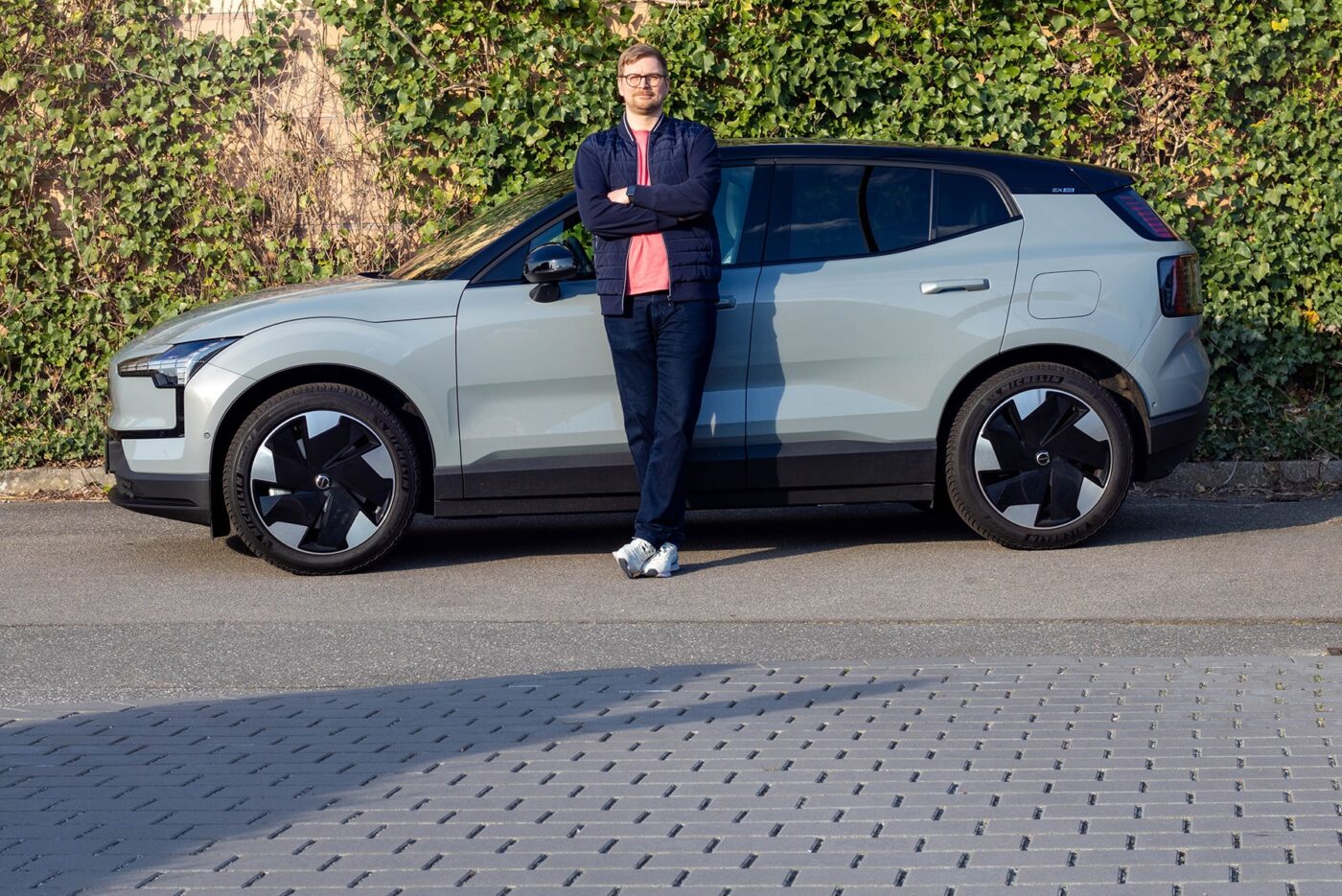
Putting the Volvo EX30 to the test: does it have what it takes to become a bestseller?
The compact SUV is currently produced at the Chinese plant in Zhangjiakou. However, Volvo Cars decided to also build the EX30 at the Belgian plant in Ghent from 2025 to increase production capacity for the expected demand in Europe and for global export. That is also necessary: After all, Volvo wants to sell 1.2 million vehicles worldwide by 2025 – compared to 700,000 in 2021. So the manufacturer aims to grow by around 70 per cent within four years. EVs will account for around half of the global sales volume.
The boost will be made possible by the EX30, which will thus play an important role. “Its first quarter performance demonstrates the prospects of the EX30. In only a few months, the EX30 has lived up to its promise of being a profitable growth driver for the company’s business,” Volvo writes in its announcement on the quarterly figures. So far, the company is satisfied. Regarding new registrations from January to April, the EX30 ranked eleventh in Germany. In Norway, the electric Swede even topped the model rankings last month.
The 4.23-metre-long, 1.84-metre-wide, and 1.56-metre-high electric car is in the same league as the Hyundai Kona EV, the Peugeot e-2008, and the BYD Dolphin. At this point, a comparison with ID.3 must also be allowed. After all, the VW model has a length of 4.26 metres, a width of 1.81 metres, and a height of 1.56 metres and, therefore, offers similarly compact dimensions.
Not only is the size special by Volvo standards, but the EX30 also stands out visually, although the new design language was already evident early on with the presentation of the EX90. The newly designed and closed front section, LED daytime running lights in ‘Thor’s Hammer’ design, and the noticeably rounder bonnet are striking. The beefy-looking rear is also completely different from previous Volvo models. Nevertheless, it is always recognisable as the Swedes’ offspring. A design that knows how to please.
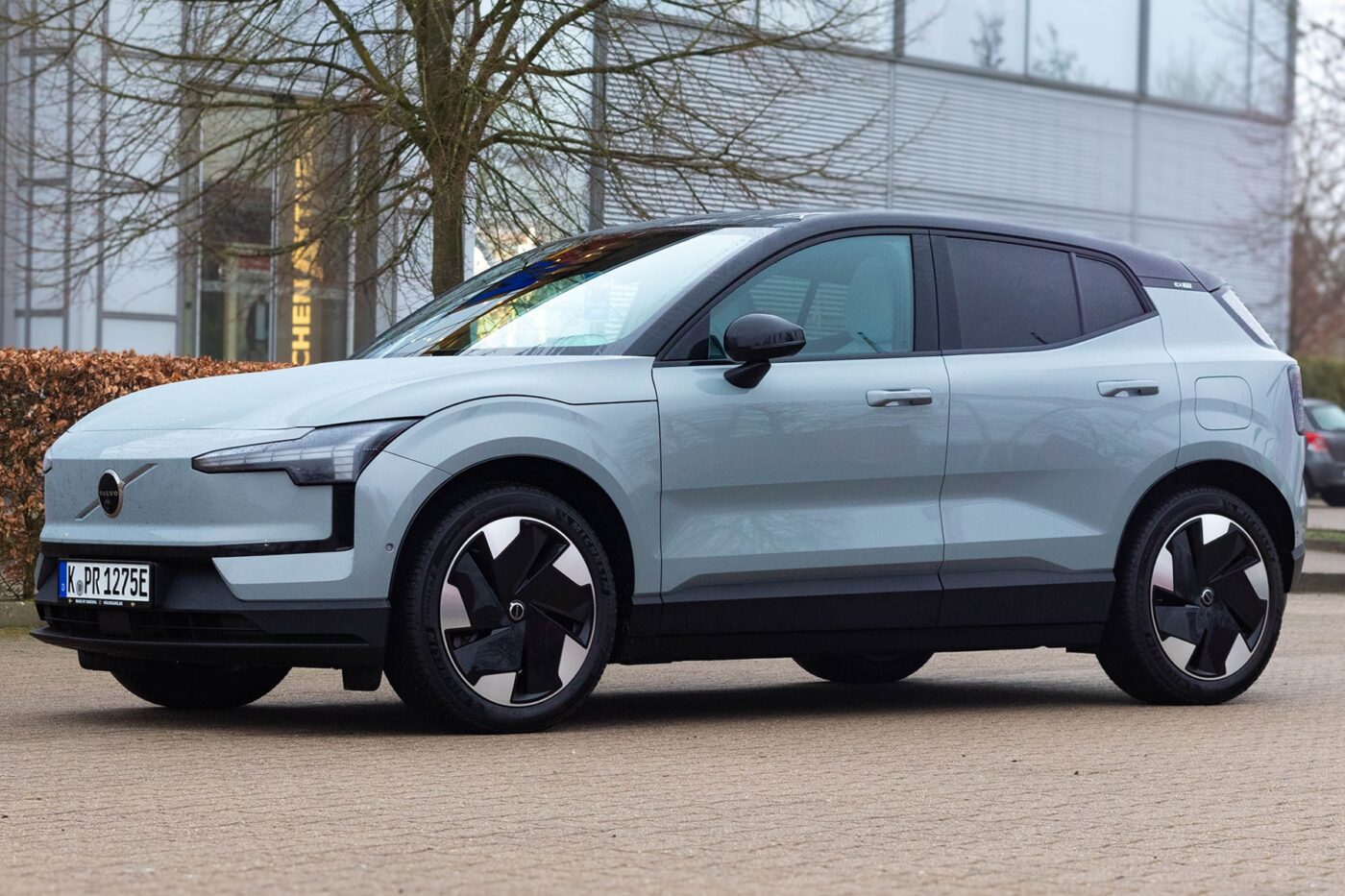
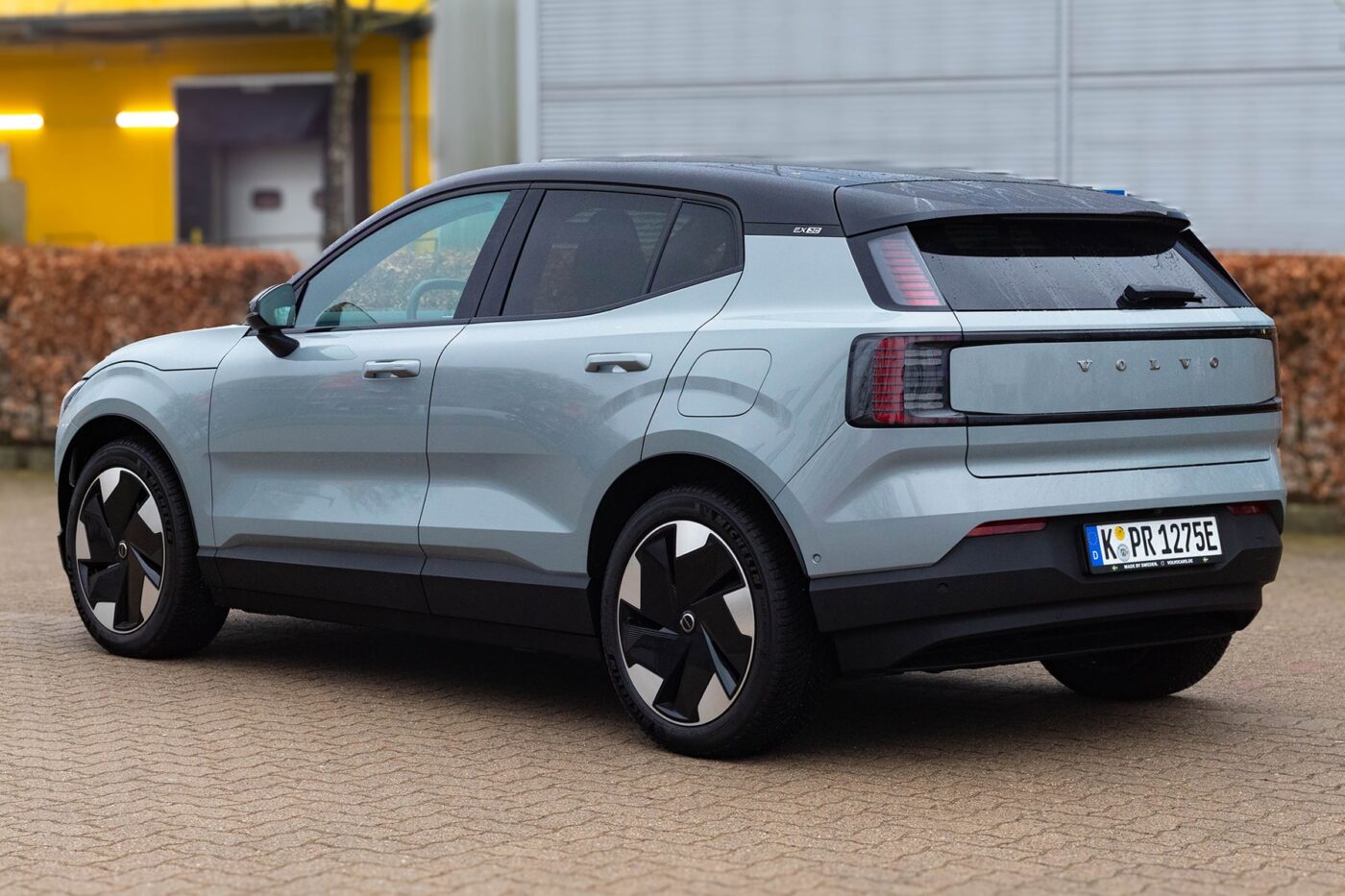
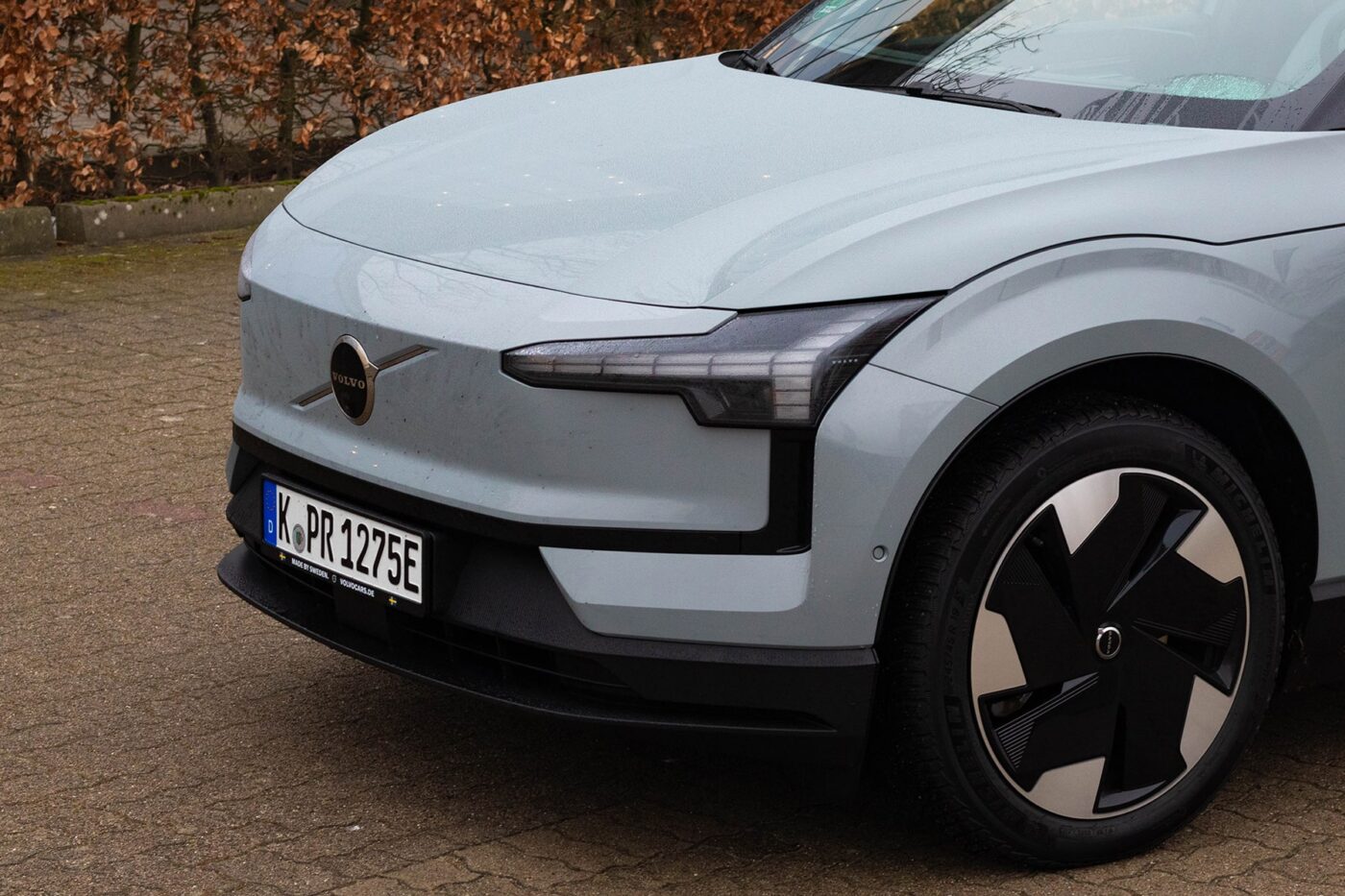
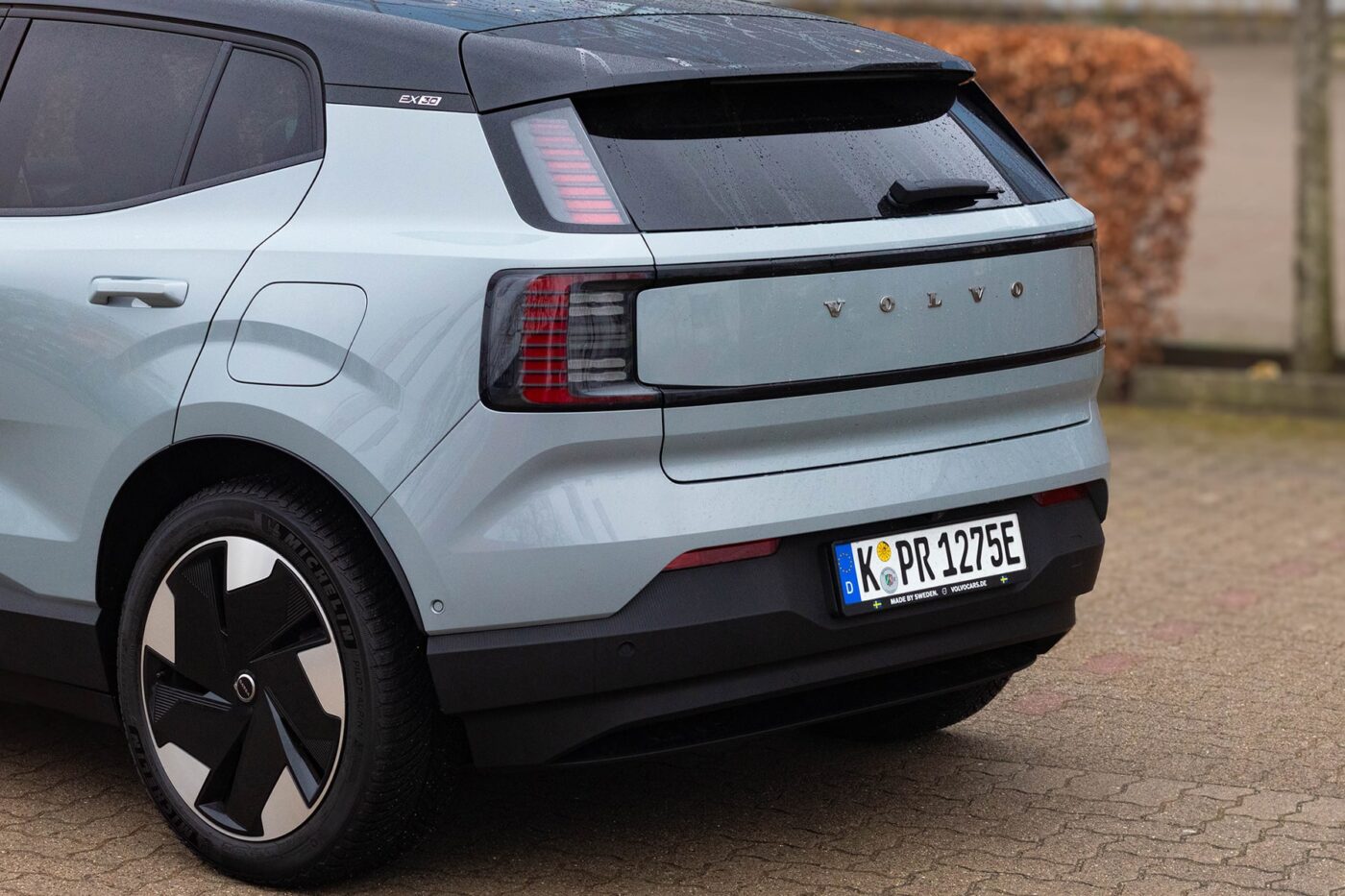
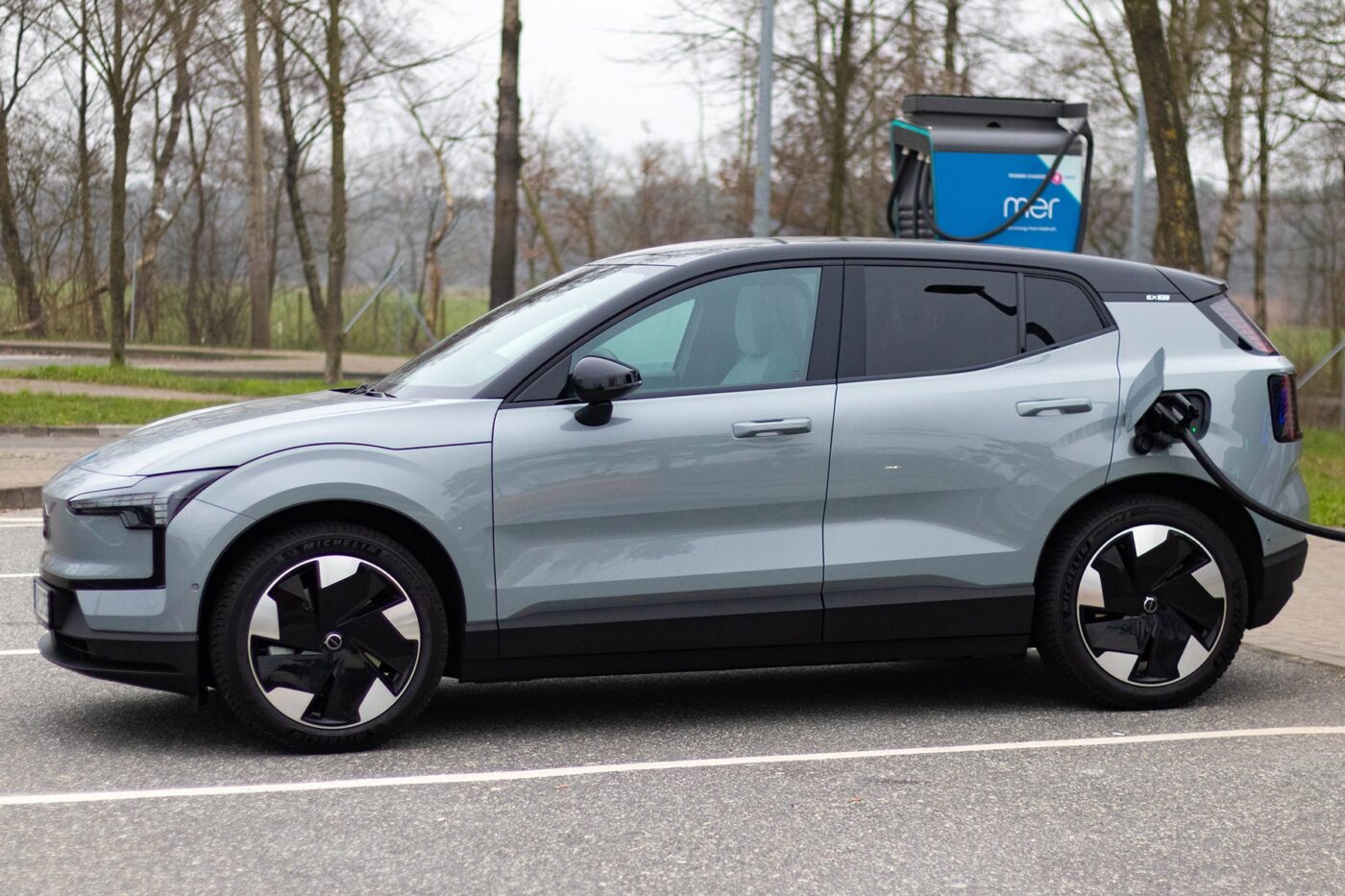
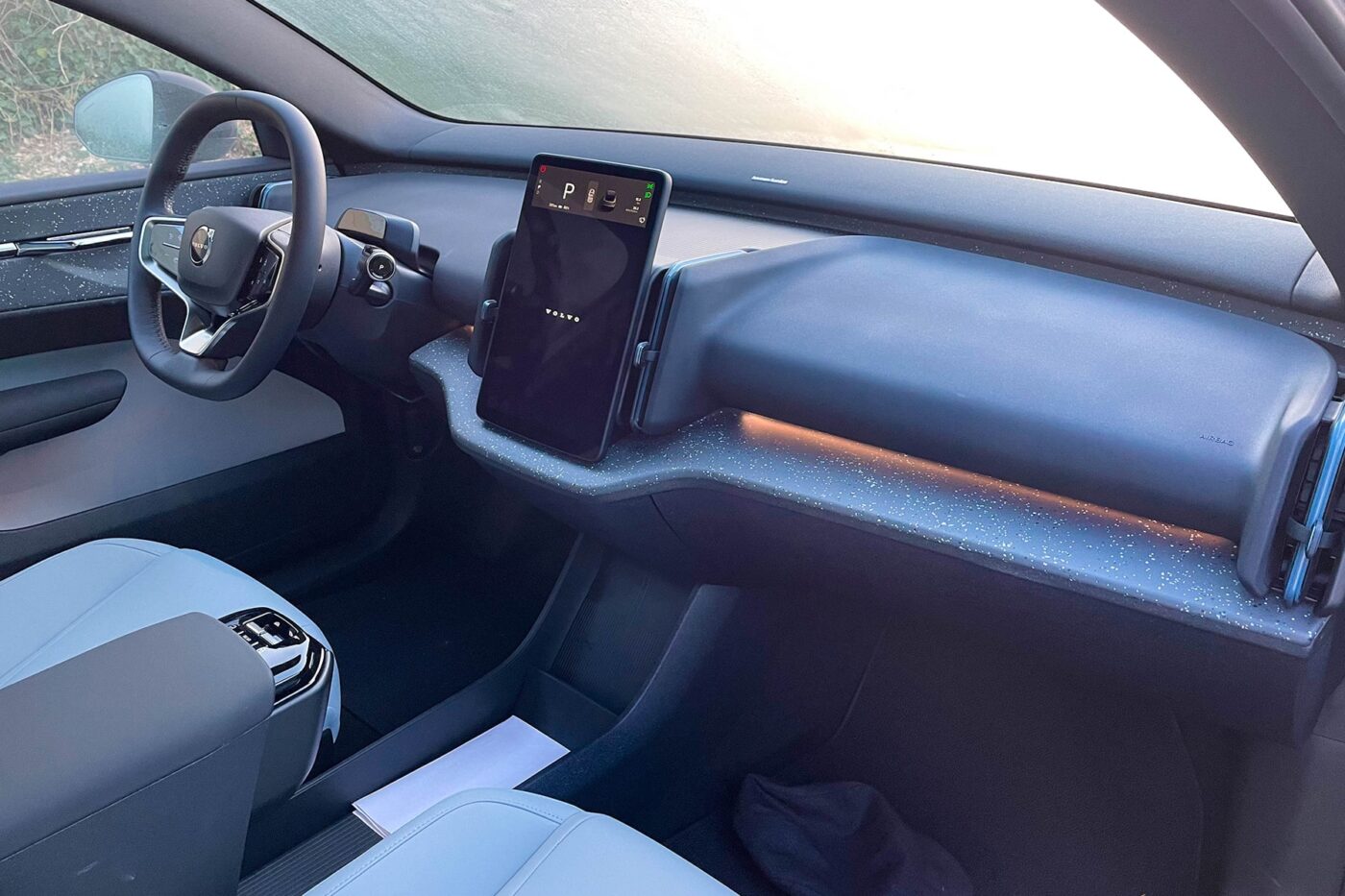
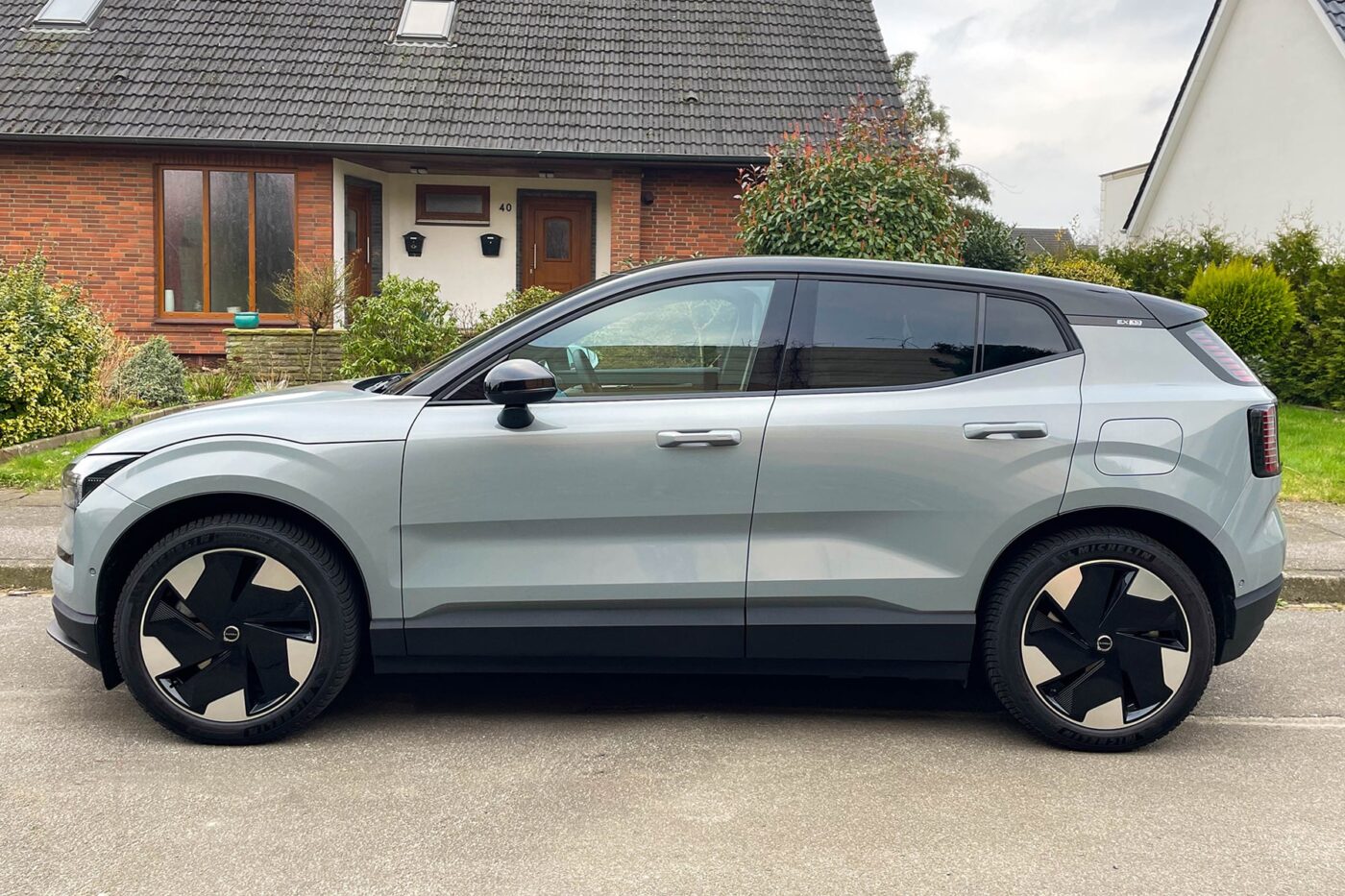
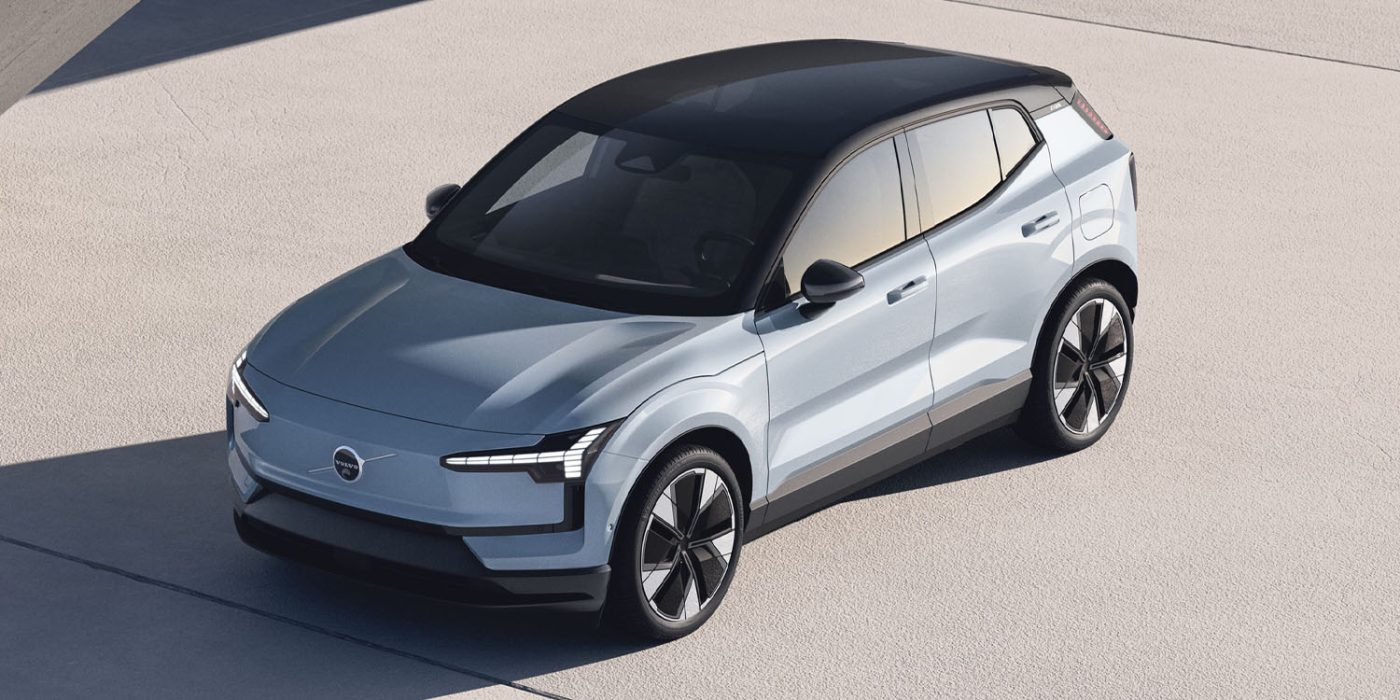
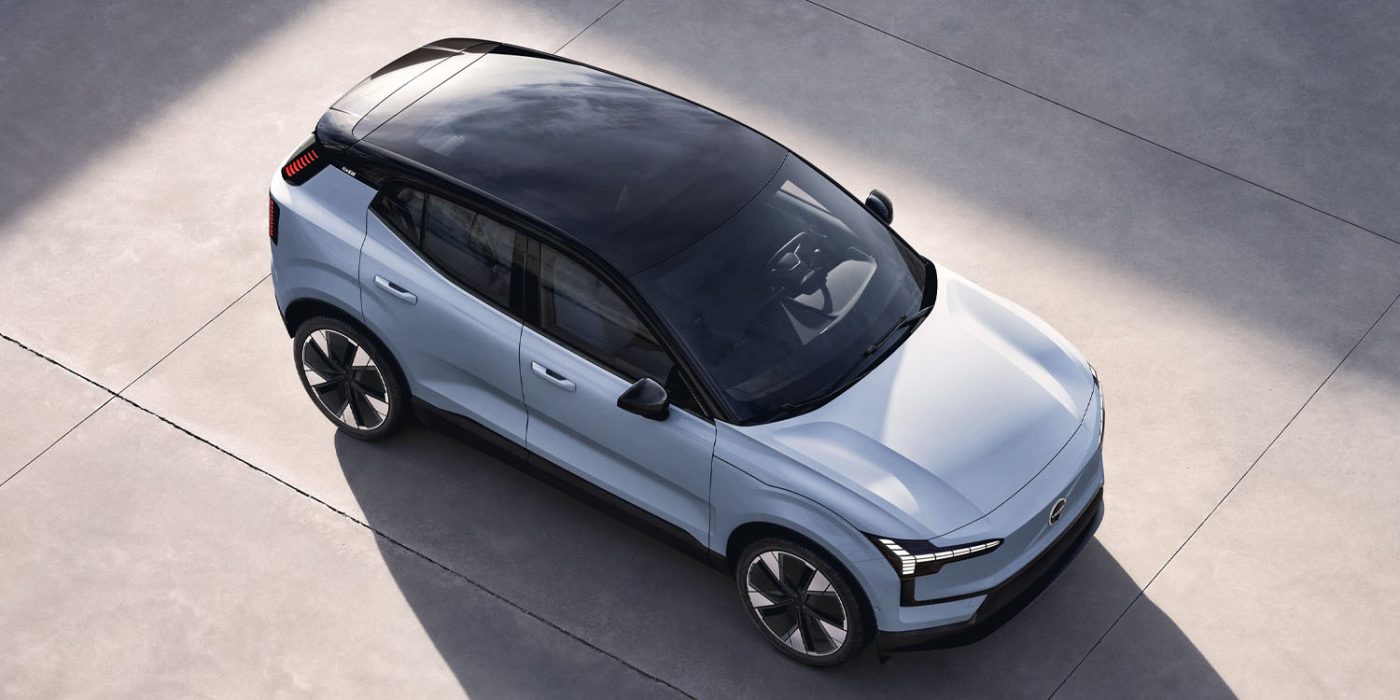
The technology under the bonnet – that much can already be said – also contributes to the car’s “success.” The EX30 is no longer based on a Volvo platform, but on the Sustainable Experience Architecture (SEA) from parent company Geely. That means the EX30 utilises the same drive technology as the Smart #1 or the Zeekr X. And it has nothing to hide!
Sprinting Swede
Volvo offers the EX30 in three powerful variants. Even the basic version with an engine on the rear axle delivers an impressive 200 kW. The top version (and the variant we tested) is called Twin Motor Performance. In this case, the all-wheel drive has a system output of 315 kW and delivers 543 Nm of torque. The power distribution between the front and rear axles is permanently controlled and optimised. If it is not necessary to drive all wheels, the rear engine provides the main drive. The front engine is then decoupled from the action and does not run. Alternatively, one can select the ‘Performance All-Wheel Drive’ driving mode via the touchscreen. The vehicle then travels permanently in all-wheel drive.
The electric Volvo can sprint from zero to 100 kph in just 3.6 seconds, making the EX30 Volvo’s fastest production car. Although the Smart #1 Brabus and Zeekr X offer the same performance, the models take a little longer for the same sprint at 3.9 and 3.8 seconds, respectively. In other words, there are hardly any noticeable differences. All three models come to an end at top speed.
What the performance data already suggests is also reflected in practice: the EX30 can be sporty! Even when starting very quickly, the EV does not lose its composure. Thanks to the excellent traction control and driving stability. The EX30 also masters attempts to take corners a little more energetically with flying colours. During the test drives, there was never a feeling of being unable to control the vehicle. On the contrary, the compact SUV was almost always effortlessly manoeuvrable – regardless of whether the driving style was sporty or relaxed. Volvo could only improve the steering. Although the sensitivity can be adjusted in three stages, more feedback is needed. Nevertheless, the EX30 always offered a high level of travelling comfort.
Average range
One opts typically for a moderate driving style in everyday driving, not a sporty performance. Only then is it possible to get close to the theoretical WLTP range of 450 kilometres. In practice, consumption values were between 22 and 23.5 kWh per 100 km at an outside temperature of well below ten degrees Celsius when driving mainly on the motorway at the recommended speed, according to the on-board computer. That results in travel ranges of between 290 and 270 kilometres. However, if you travel primarily in the city and on country roads, you can also achieve consumption values of (significantly) less than 20 kWh/100 km in such conditions. Ranges between 330 and 370 kilometres are then possible. Even if the current temperatures and other conditions should positively affect the consumption values, we had hoped for a little more in terms of the efficiency of this variant. Alternatively, more storage capacity would be desirable.
In the EX30 Twin Motor Performance, an NMC battery with an energy content of 69 kWh (64 kWh usable) supplies the necessary drive current. Incidentally, at 405 kilograms, this battery is five kilograms lighter than the entry-level variant’s LFP battery (51 kWh, 49 kWh usable).
From ten to 80 per cent in 26 minutes
All this driving fun comes to an end at some point. At the latest, when the electric car has to go to the charging station. The EX30’s battery can be charged from ten to 80 per cent in 26 minutes at fast chargers. Preconditioning the battery can optimise charging times if optimal conditions such as the outside and battery temperature are not available. According to Volvo, the car checks the temperature 30 to 40 minutes before the estimated arrival time at a selected destination and pre-heats or cools the battery if necessary.
No sooner said than done. As already mentioned, the test conditions were anything but ideal. Given this, we carried out the exact preconditioning steps specified by the manufacturer. But this was not enough, as the following charging curve shows. Nevertheless, the maximum charging power of 153 kW was even exceeded for a short time.
The charging performance during the test drive revealed that the battery could be charged from ten to 25 per cent within four minutes under less than perfect conditions. It took eleven minutes to charge the battery to 50 per cent. The State of Charge (SoC) of 80 per cent was reached in just under 29 minutes. In other words, it took a good three minutes longer than promised by the manufacturer. Not a disaster, if we’re honest. In practice, the slightly longer charging time is likely to be of secondary importance.
To complete the picture, we would like to say something about AC charging: the EX30 Twin Performance comes standard with a 22 kW onboard charger. Charging from zero to 100 per cent at an AC charging point thus takes a good four hours. Unfortunately, the entry-level version only has an 11 kW charger.
Reliable planning of charging stops plays an important role on long journeys. That is where Google’s Android infotainment system with Google Maps comes into play. The standard navigation system integrates charging stations into the route guidance. It indicates the remaining range and the arrival and departure charge status at the charging station and the destination. This works quite reliably so far. However, there is no option to set the SoC value for arrival at a fast charger or destination. It would also be ideal only to specify the selection of charging stops with a certain number of charging points.
The app can also be used to search for public charging stations, and it will be possible to pay for the charging process at a later date. Route planning via Volvo’s own app is not possible. However, it can be done via Google Maps, provided your own account is stored in the vehicle. Alternatively, it is possible to connect your own smartphone—yes, there is even wireless integration of Apple CarPlay on board—and use one of the numerous apps with charging planning from third-party providers.
Regardless of whether the integrated navigation via Google Maps or an app on your smartphone is selected, the route is displayed on the free-standing 12.3-inch touchscreen – and only there. A driver information display in front of the steering wheel has been dispensed with, as has a head-up display. All information, including the current speed, remaining range, battery level and warnings, is also only shown on the central display. Even though we were able to get used to it after a while, we always had to take our eyes off the road for a brief moment. All too often, the attention detection system was triggered during such actions.
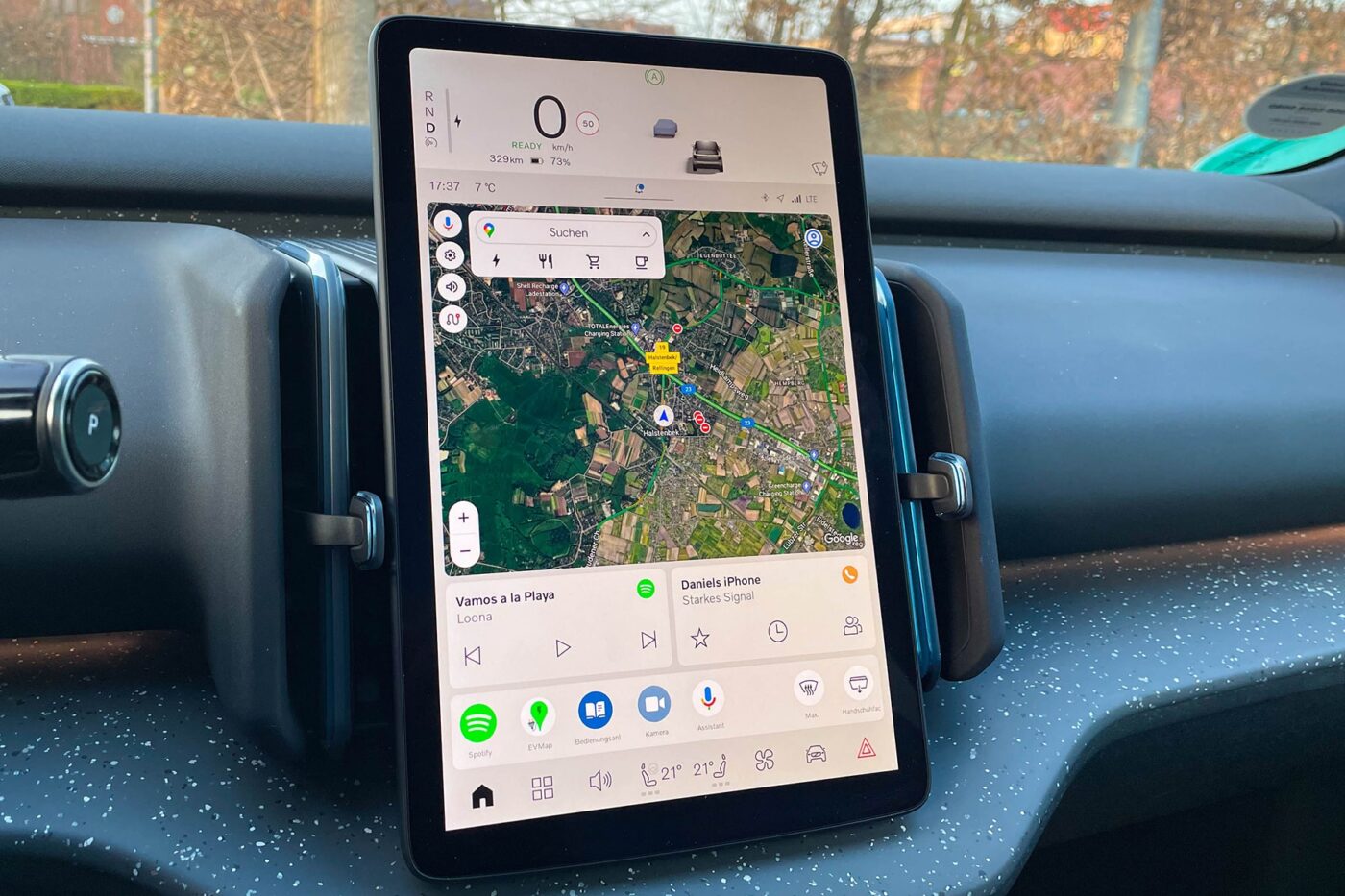
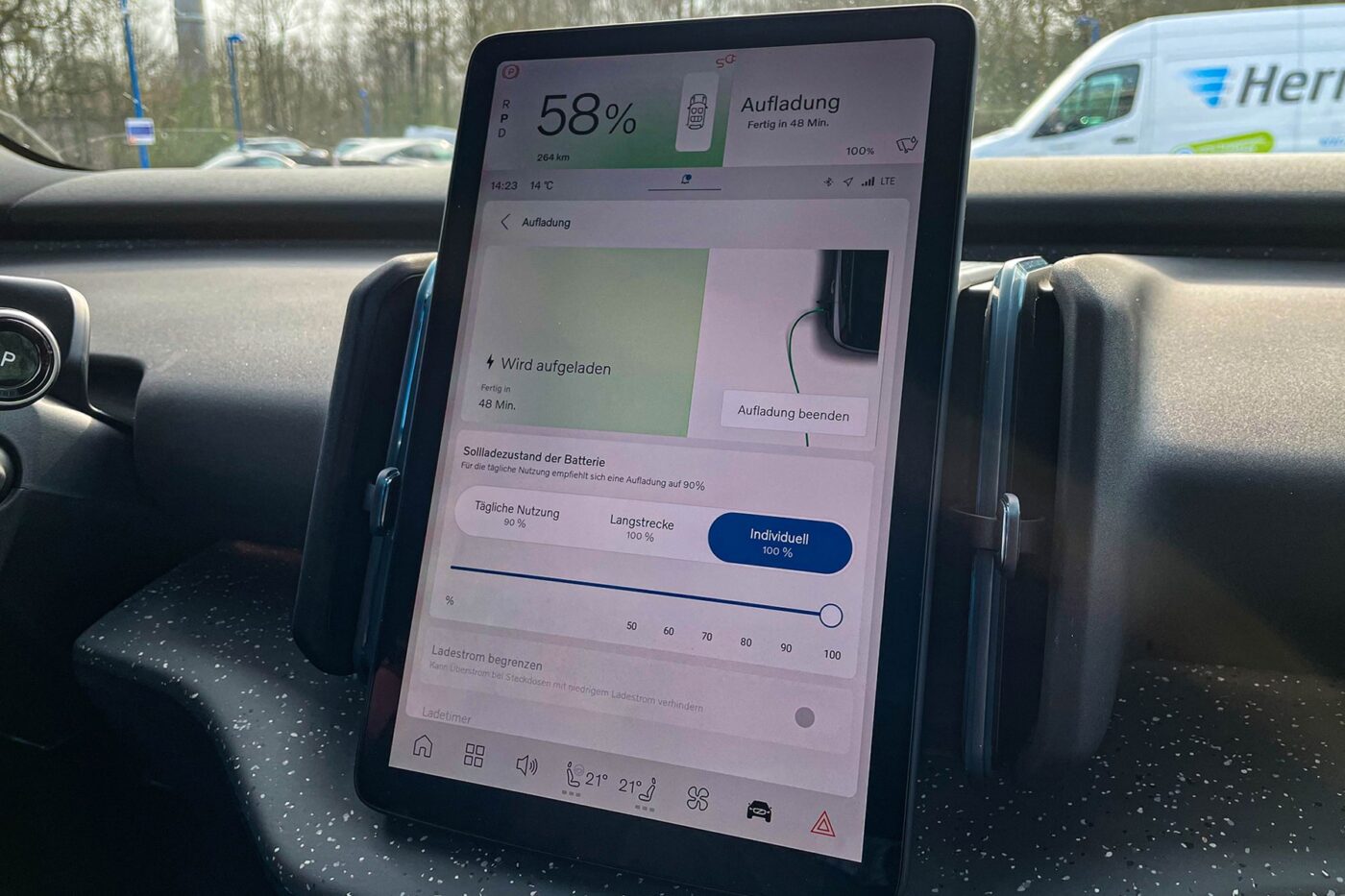
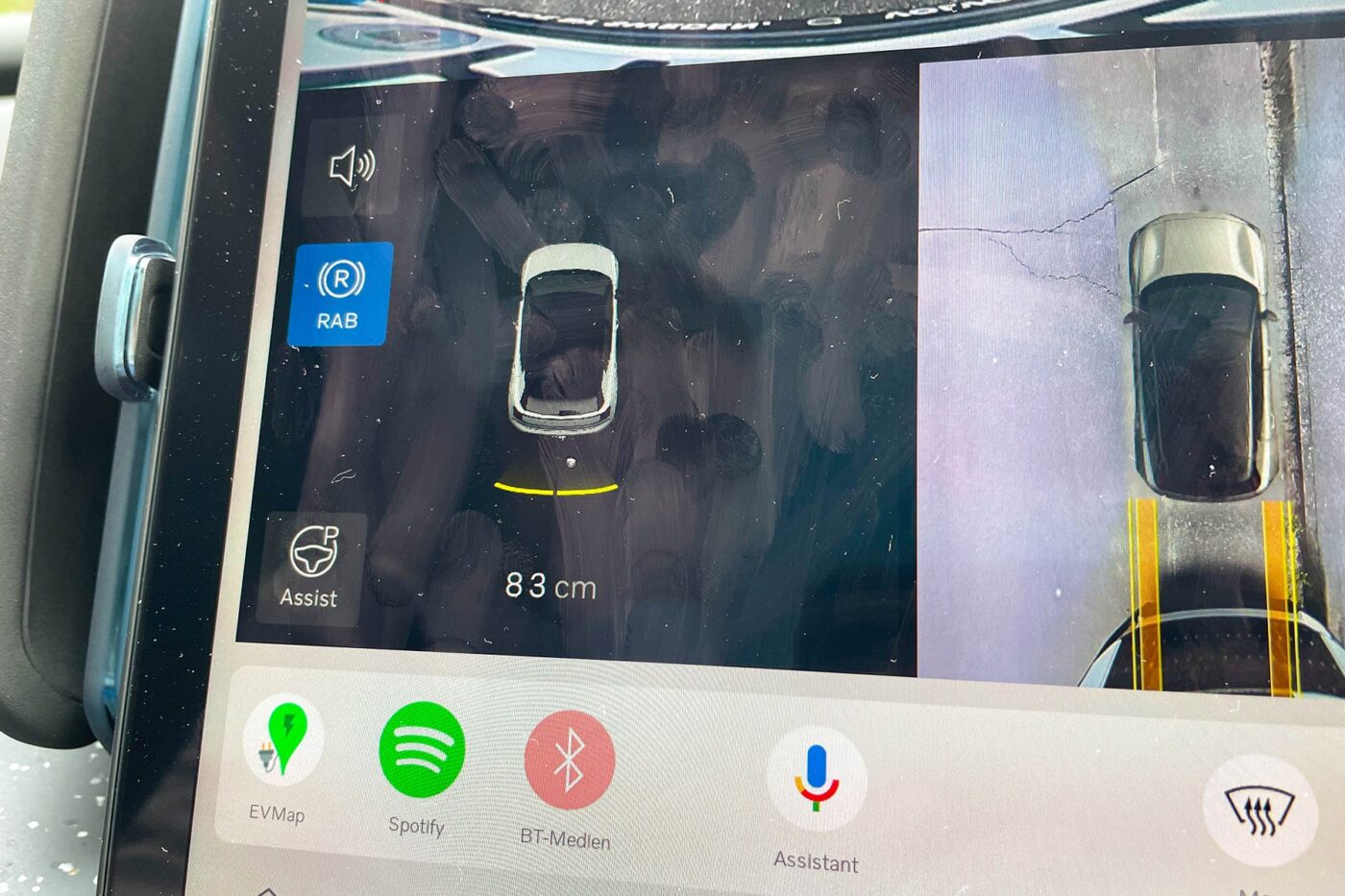
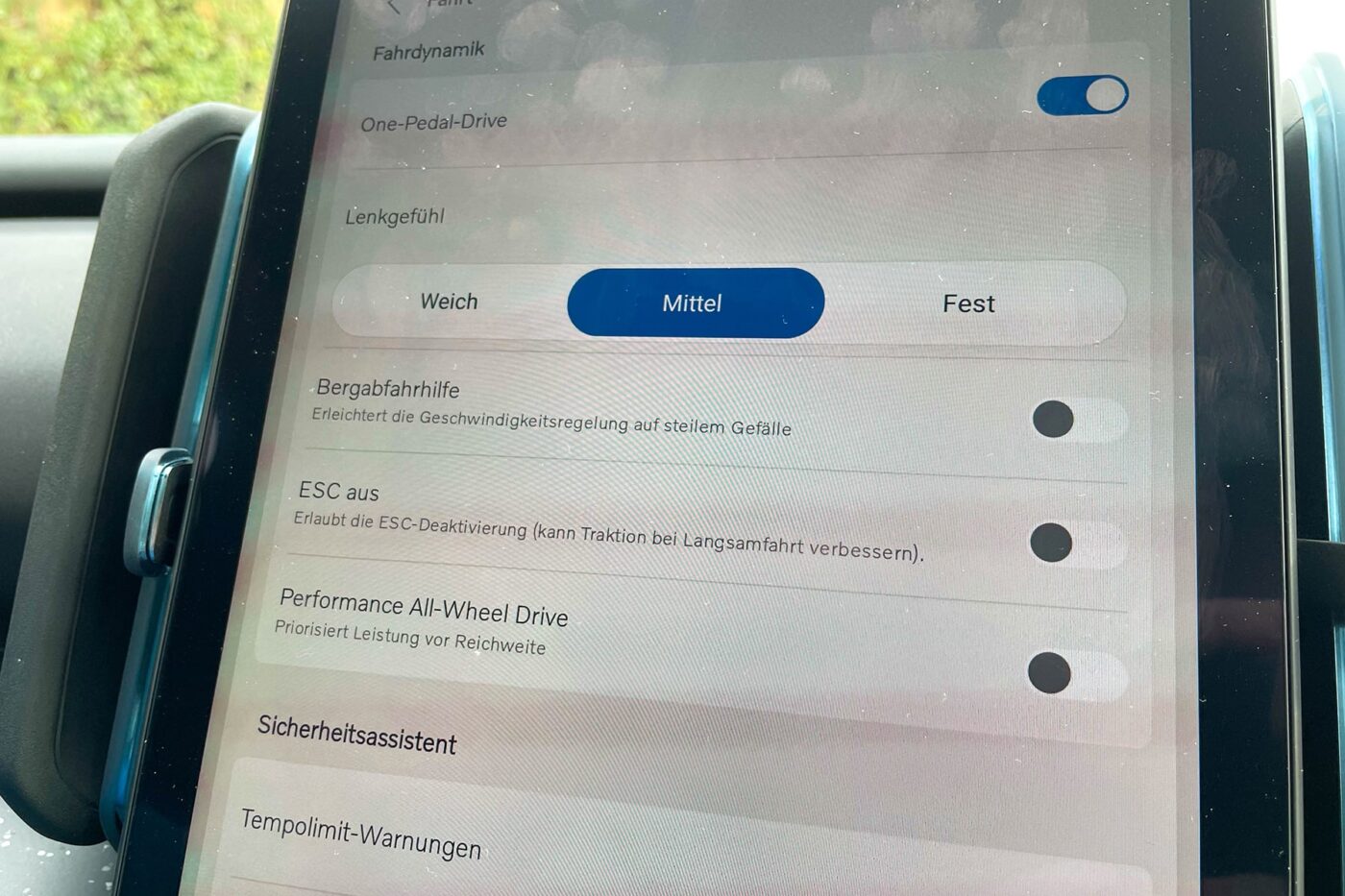
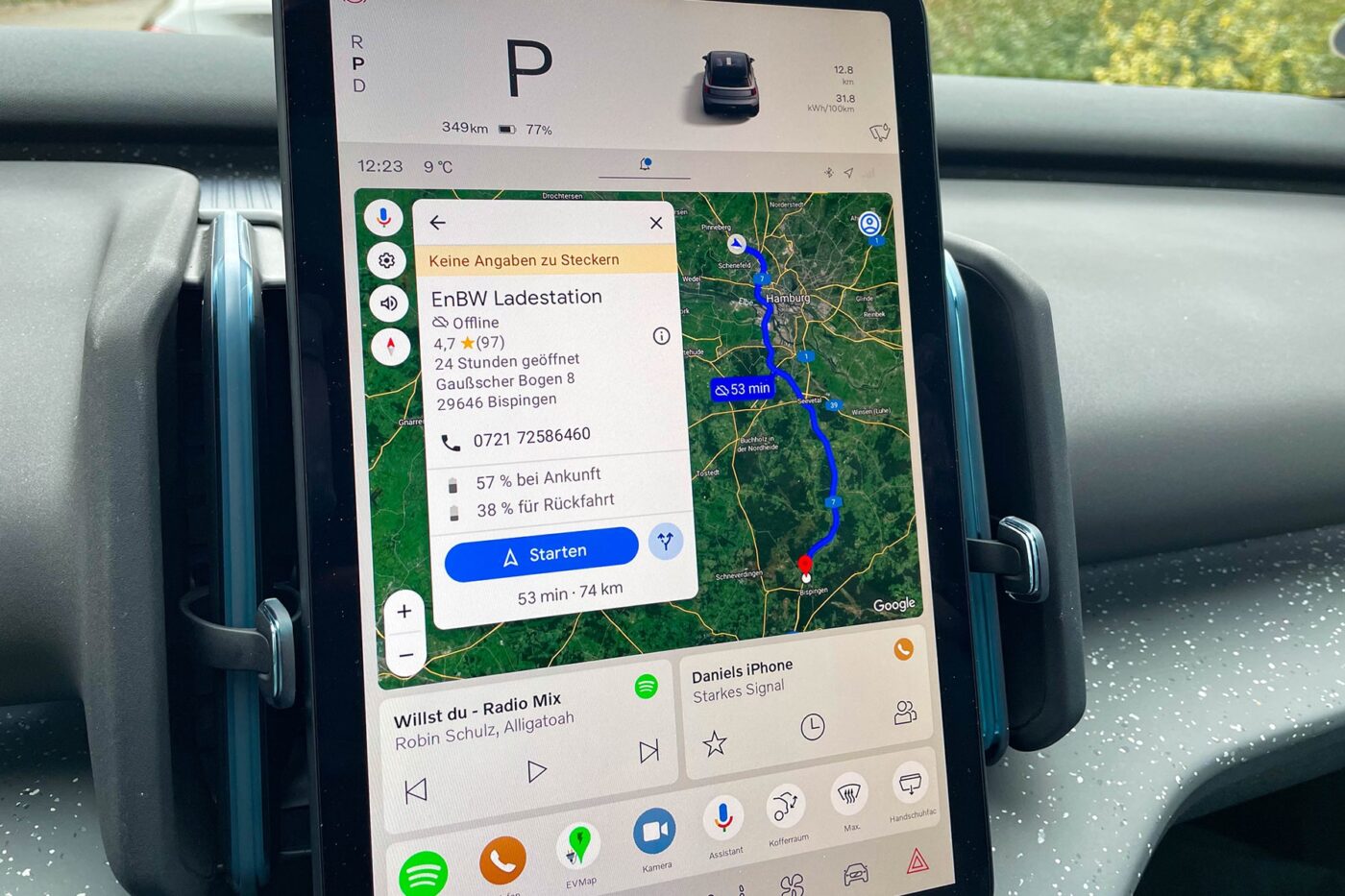
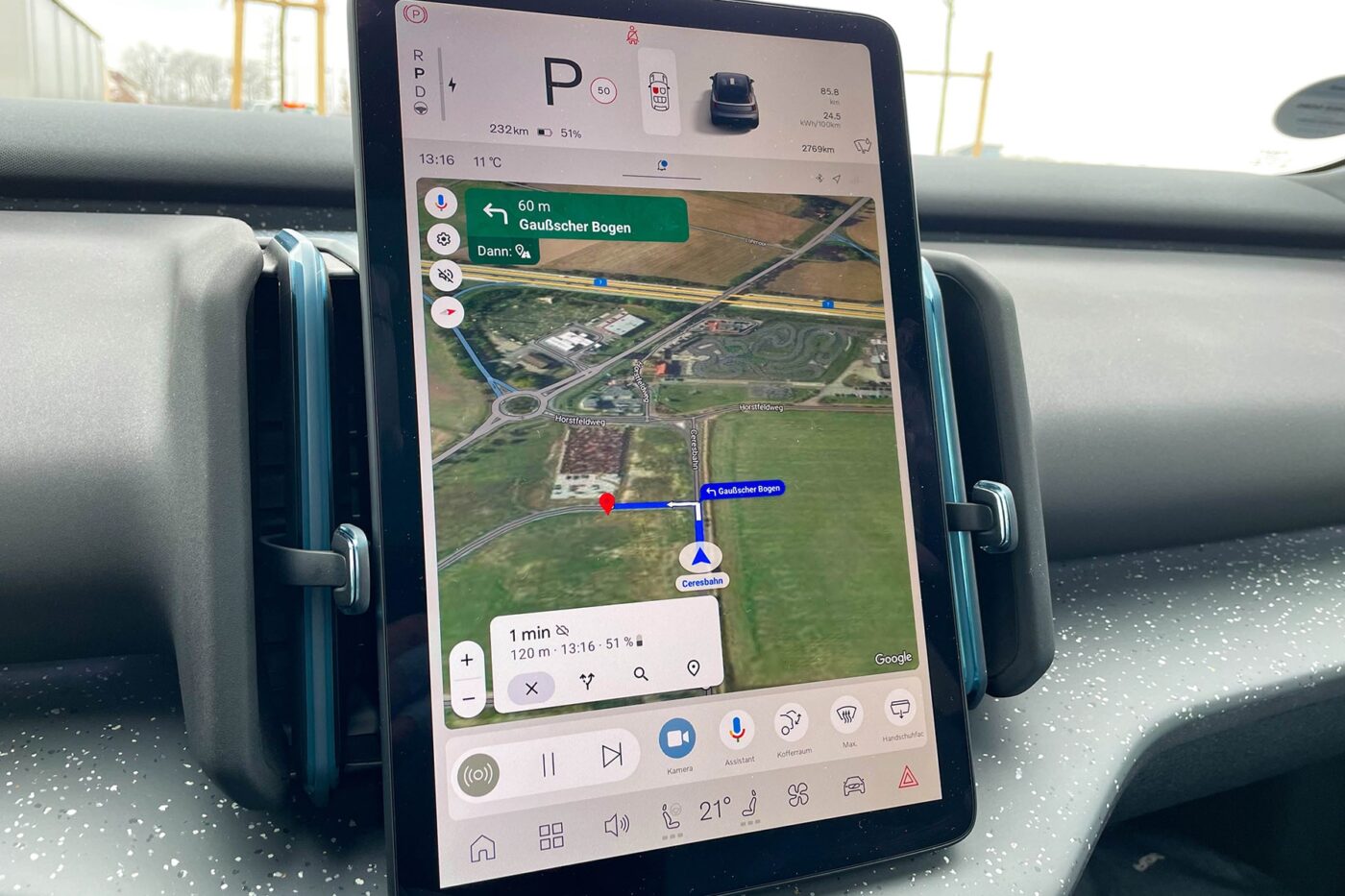
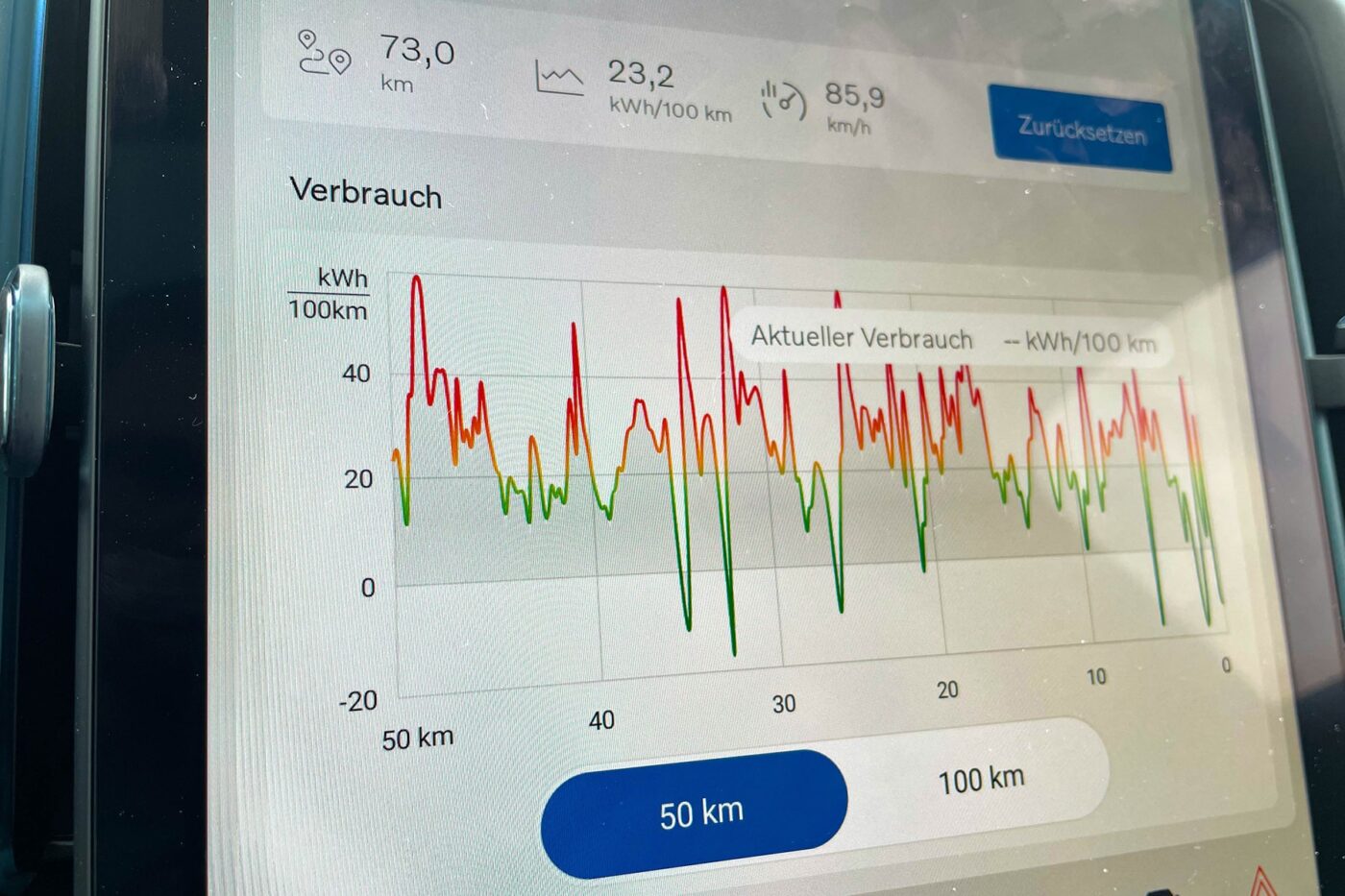
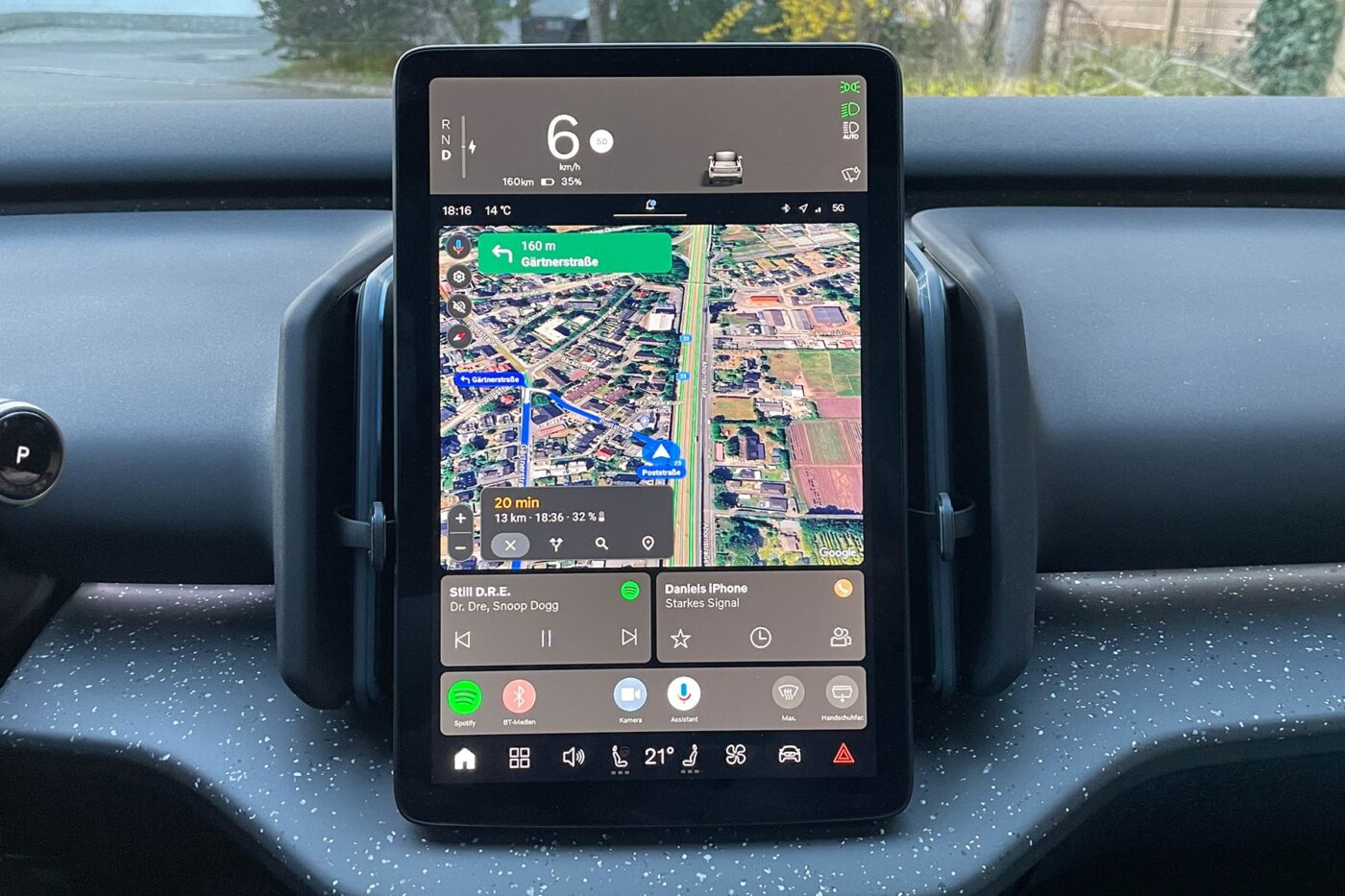
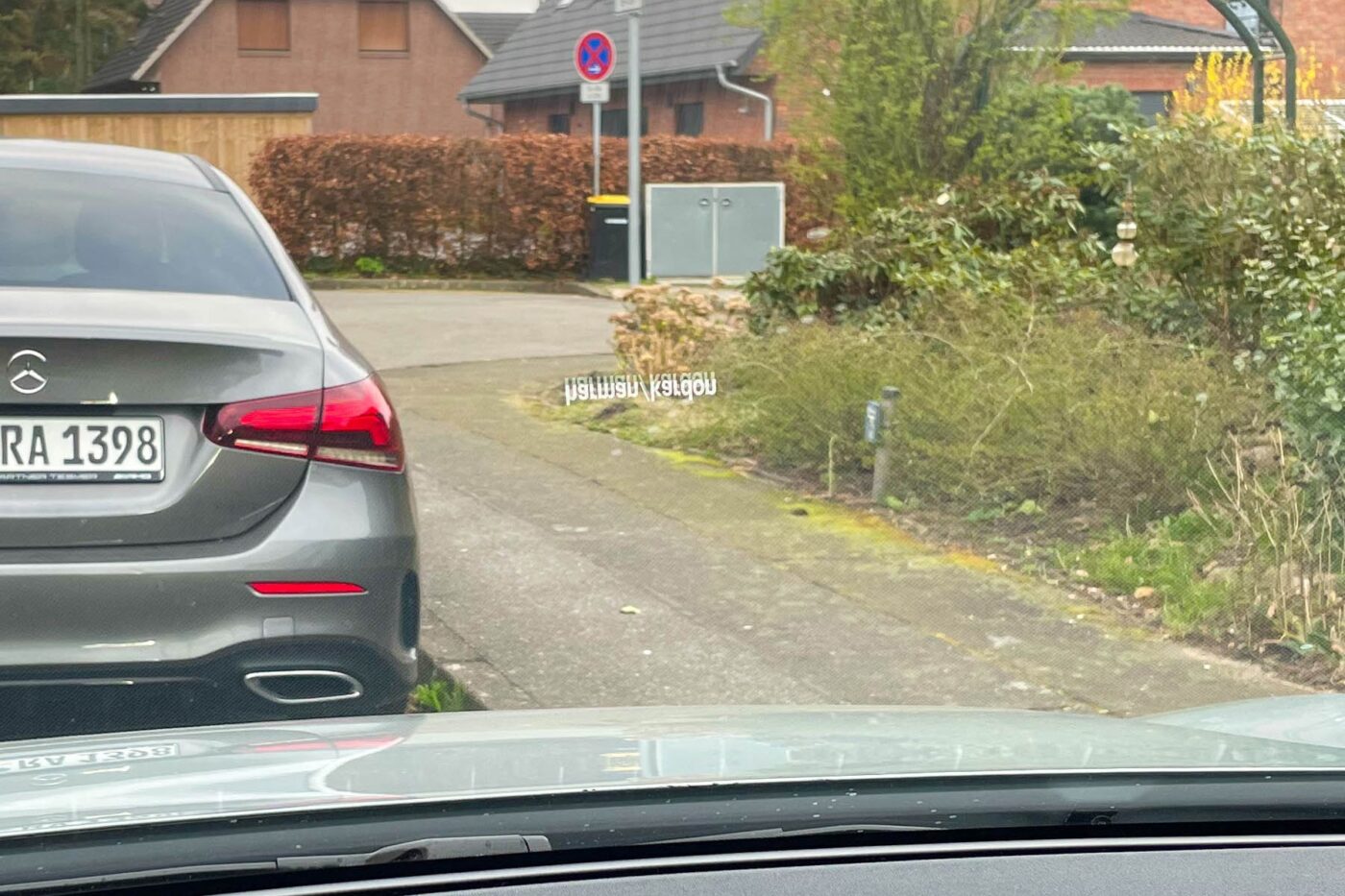
In any case, almost all settings can only be made via the touchscreen. Some settings, such as adjusting the exterior mirrors, are too well hidden in one of the submenus for our liking. At least the bar at the bottom of the screen with context menus for frequently used functions provides some relief. These only appear when they can be used. For example, that applies to the 360° camera buttons or the electric tailgate. But if you want to activate the lane change assistant or adjust the steering feel, you must dive back into the depths of the menu. This reduction in displays, switches and buttons is not to everyone’s taste. Tesla sends its regards!
While we’re on the subject of assistance systems, Volvo offers a whole range of these in the EX30 Twin Motor Performance, and they are standard in this variant. These include an automatic emergency braking system with vehicle, pedestrian, cyclist and motorcyclist detection, active lane keeping assist, lane change assist, ‘Oncoming Lane Mitigation’ with active steering intervention if you enter the oncoming lane or a ‘Door Opening Alert,’ which warns of possible collisions when the doors are opened. Oh, there is also a parking aid, too. It would go beyond the scope of this article to present these in detail. This can be said: The assistance systems did their job reliably during the test drive. Only the acoustic warnings were a little annoying. Although they can be switched off in the menu, they are reactivated on the next journey…
As much technology as the vehicle offers, the interior is just as minimalist. And the carmaker paid particular attention to sustainability. In addition to trim for the dashboard and doors made from woven flax and linseed plants, denim fibres are also made from recycled jeans. The seat covers are made from a unique wool blend, 70 per cent of which is enriched with recycled polyester. The carpets are even made from 100 per cent recycled PET bottles. Although everything is very well made, a lot of hard plastic is used.
Moderate storage space, but 1.6 tonnes towing capacity
However, there is nothing to criticise regarding space and comfort for the driver and front passenger. Even tall people have enough space. The design of the airy interior and its reduction due to the absence of controls or a full-length centre console contribute to this. The situation is quite different for passengers in the rear. Although the Volvo is a five-seater, in the end – depending on the size of the driver – it is rarely possible for full-grown people to sit comfortably behind them. Yes, the EX30 is very compact. But precisely because it is only three centimetres shorter than an ID.3 and has a comparatively longer bonnet, the space is lost somewhere—a bit of a shame.
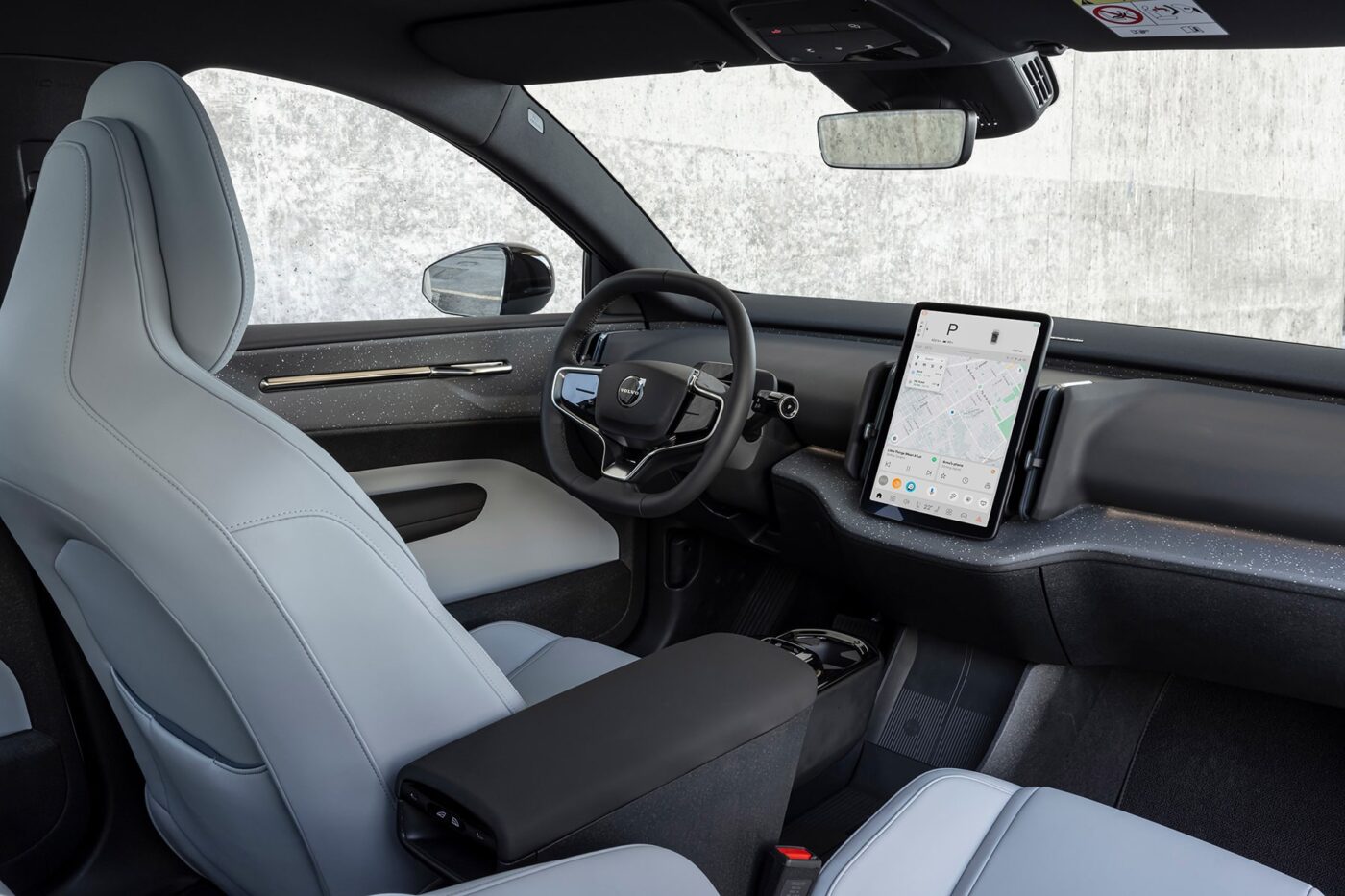
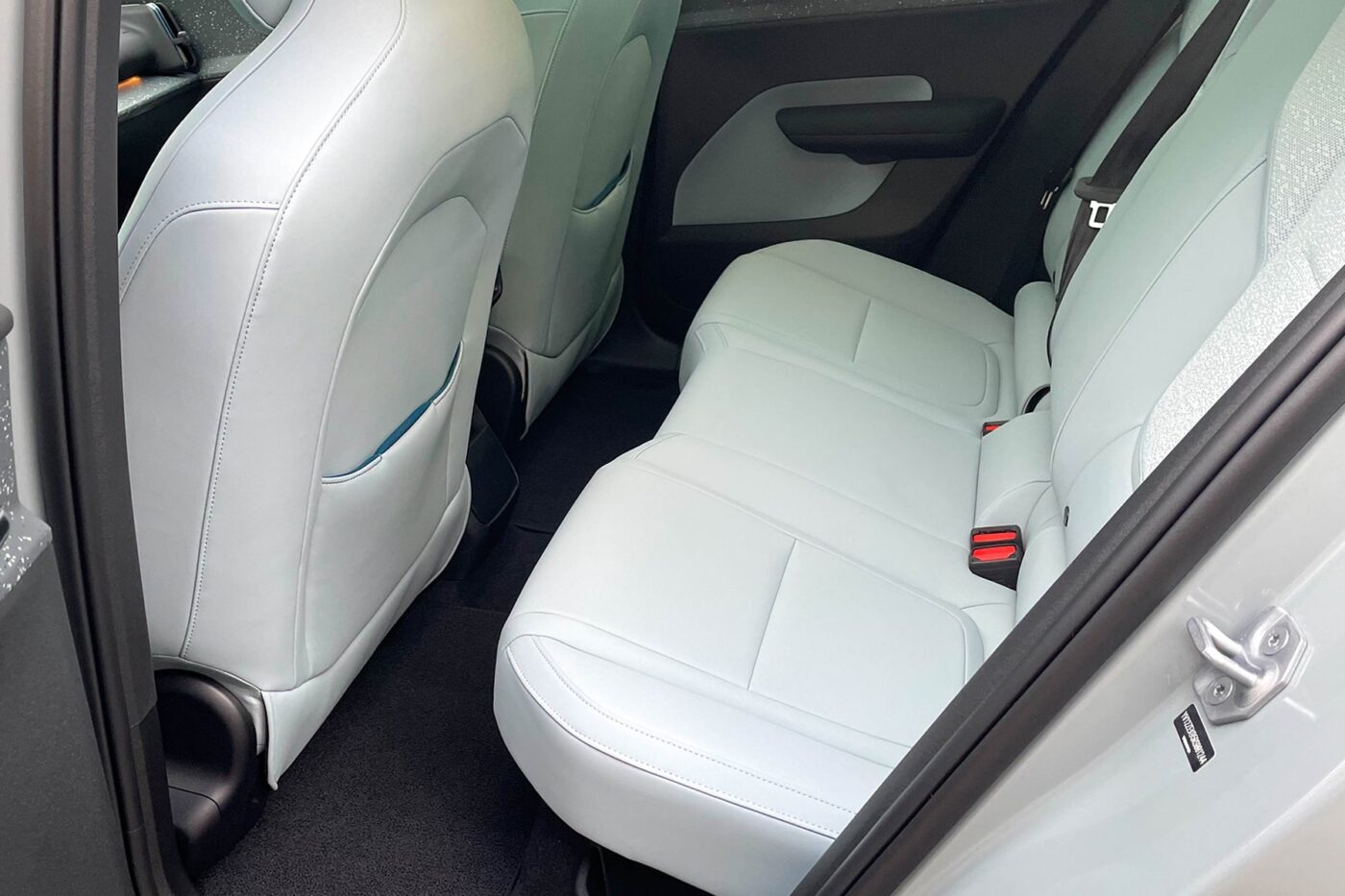
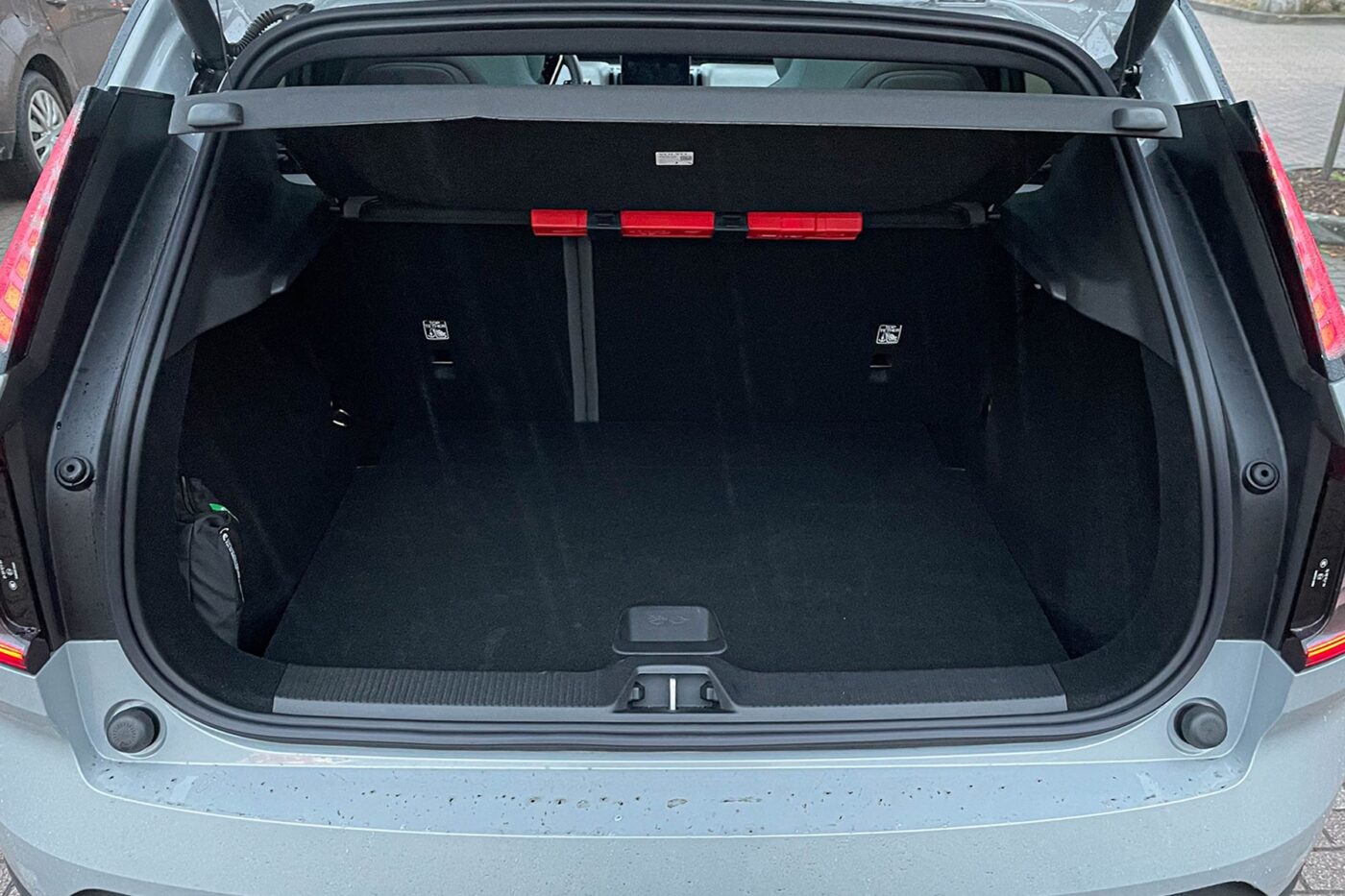
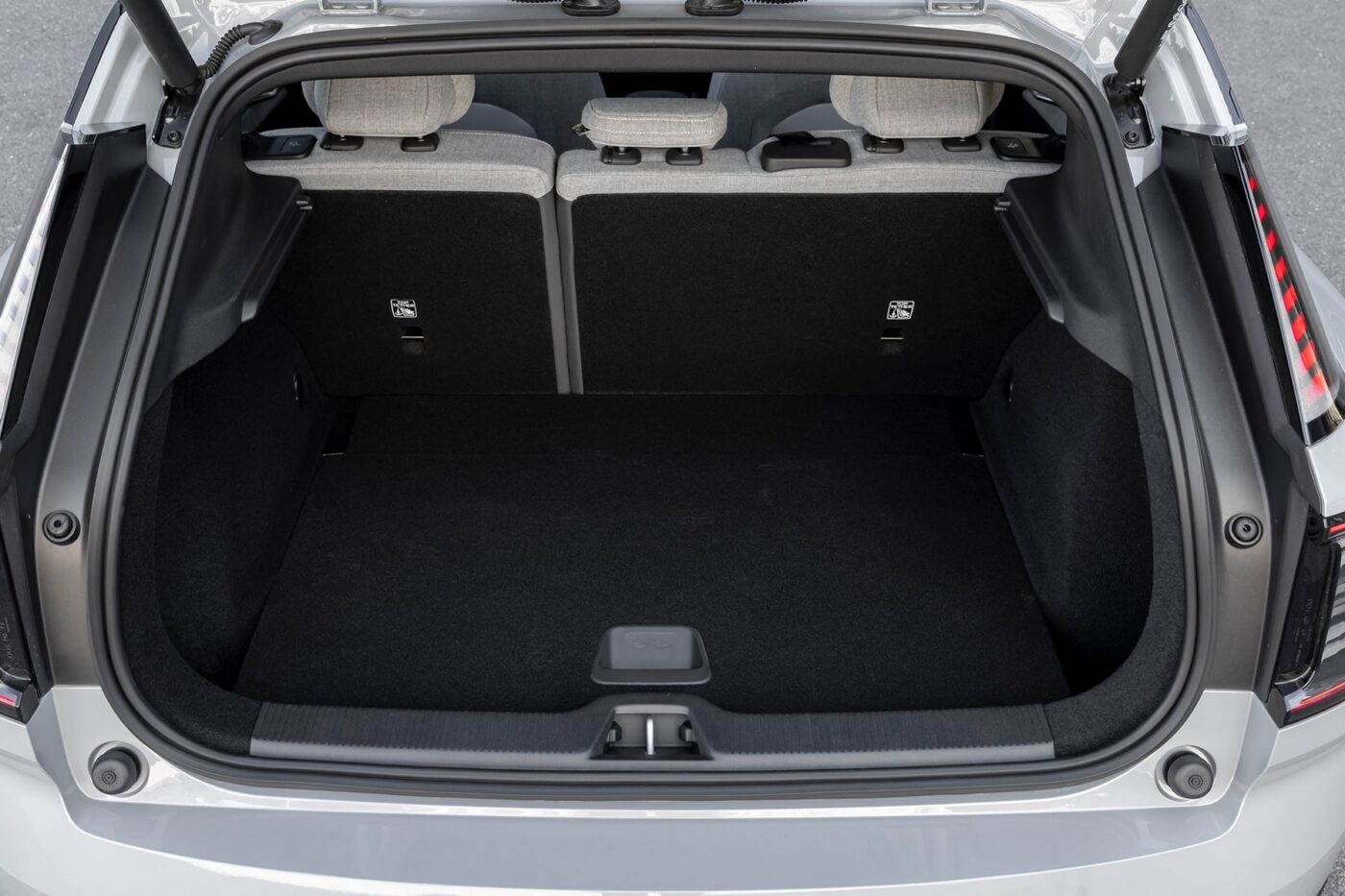

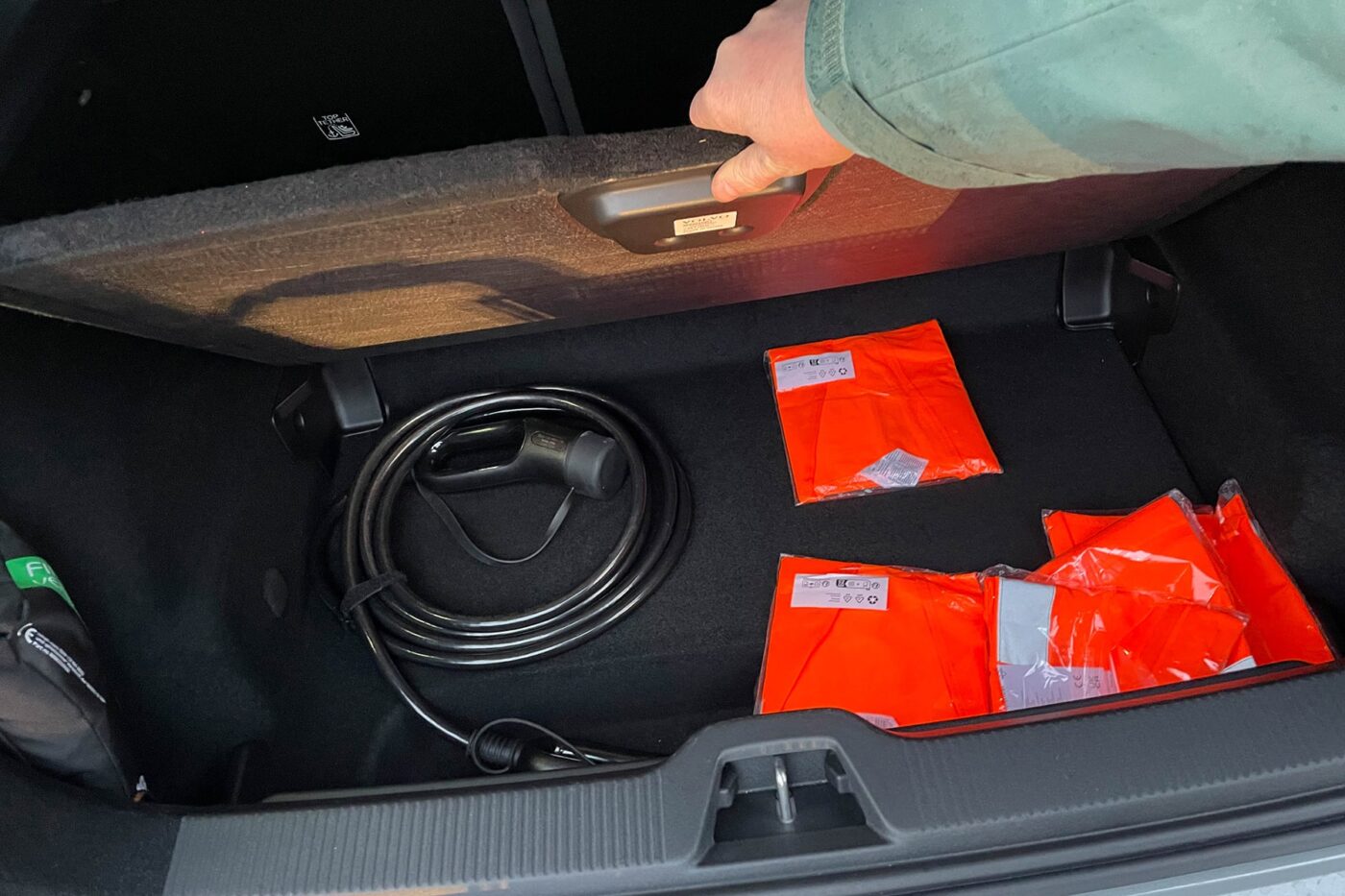
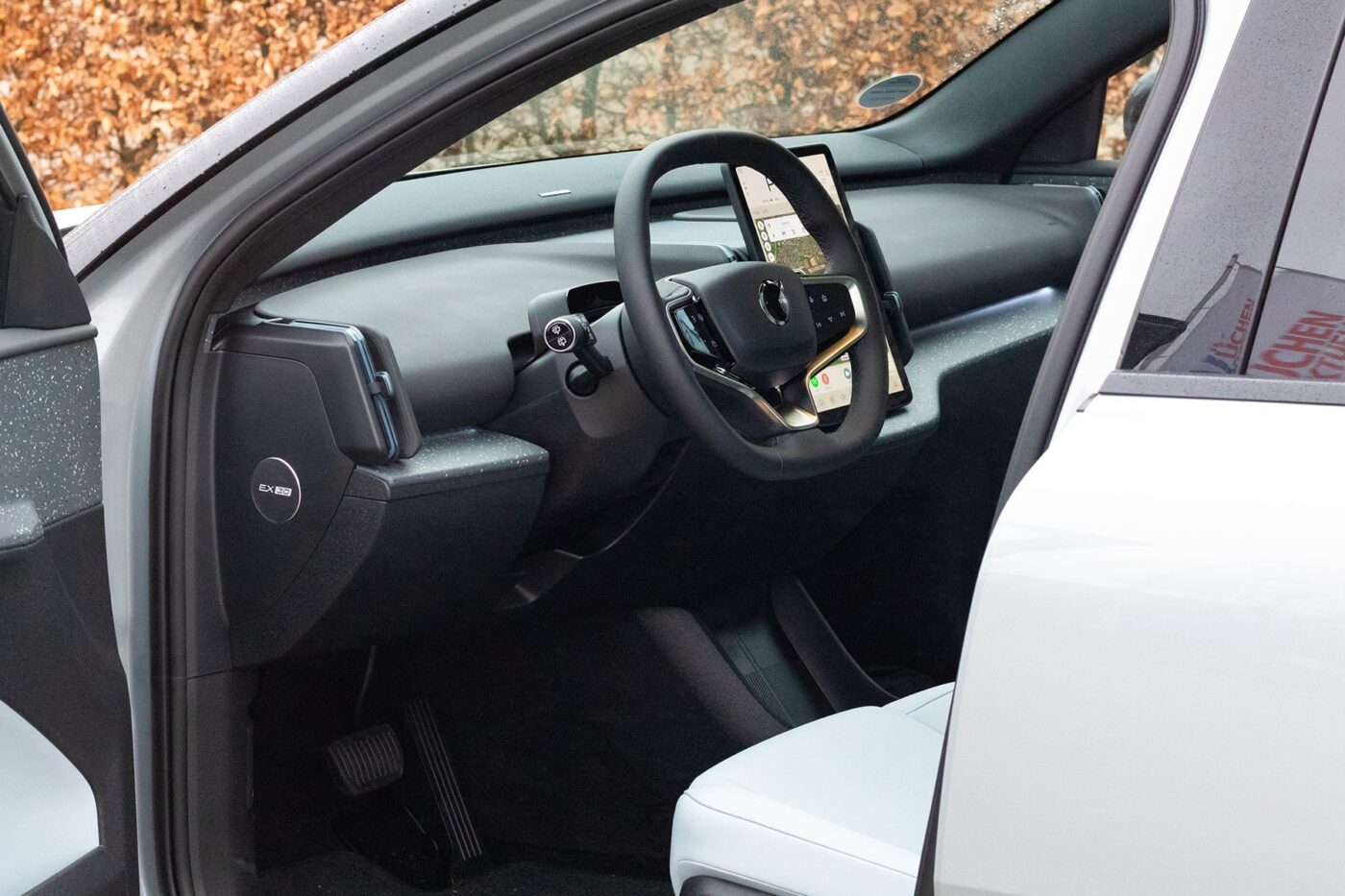
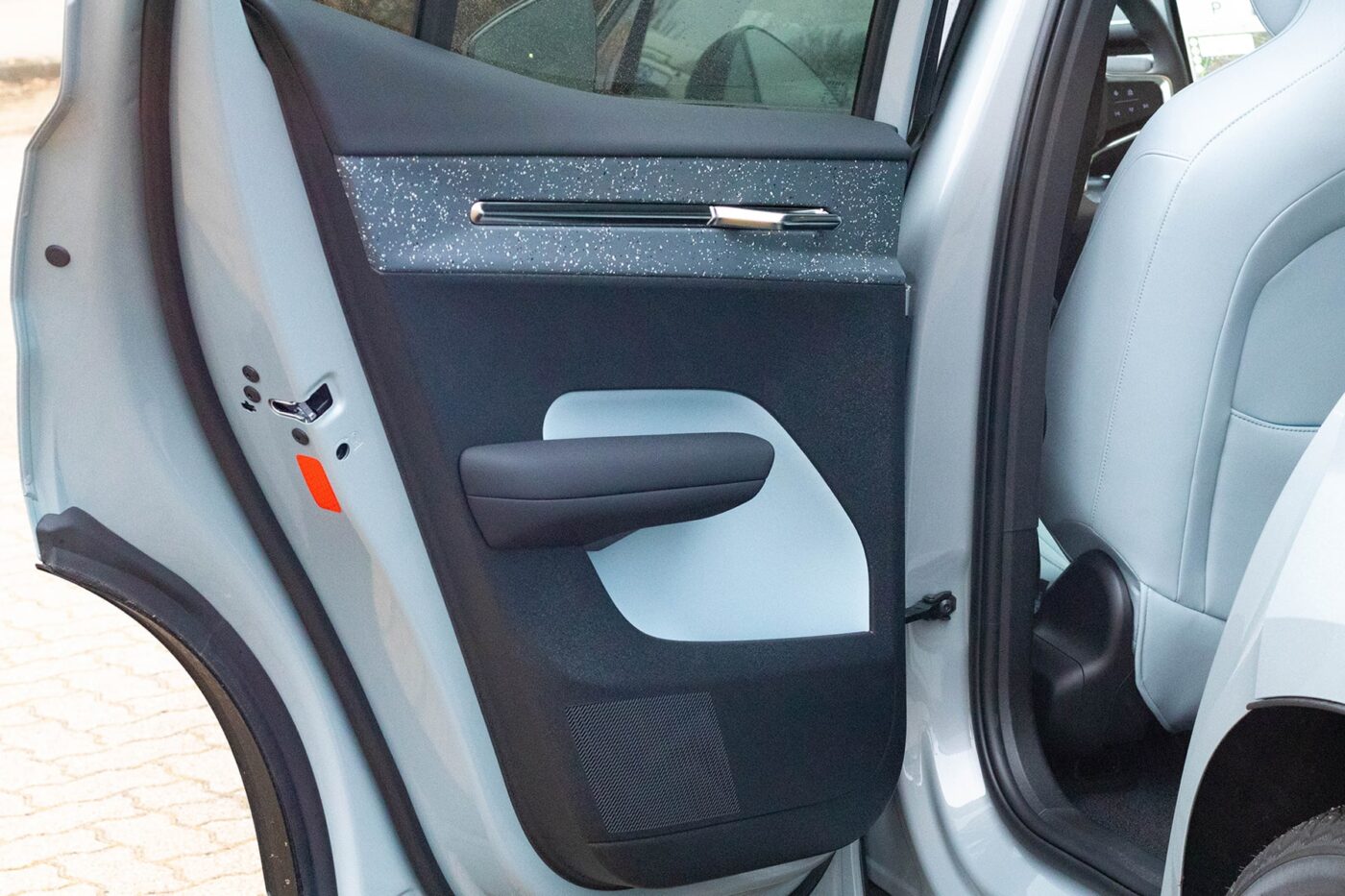
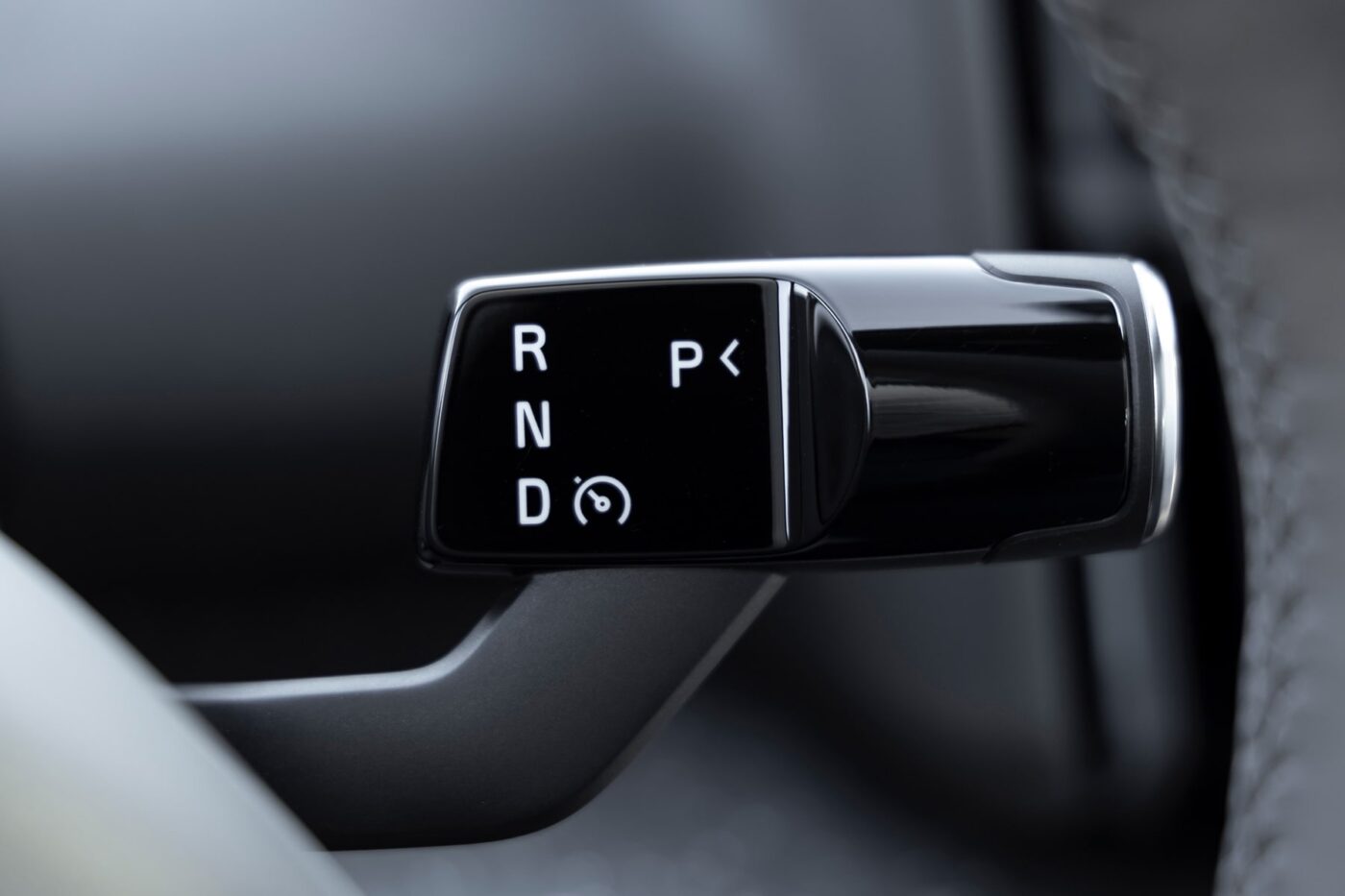
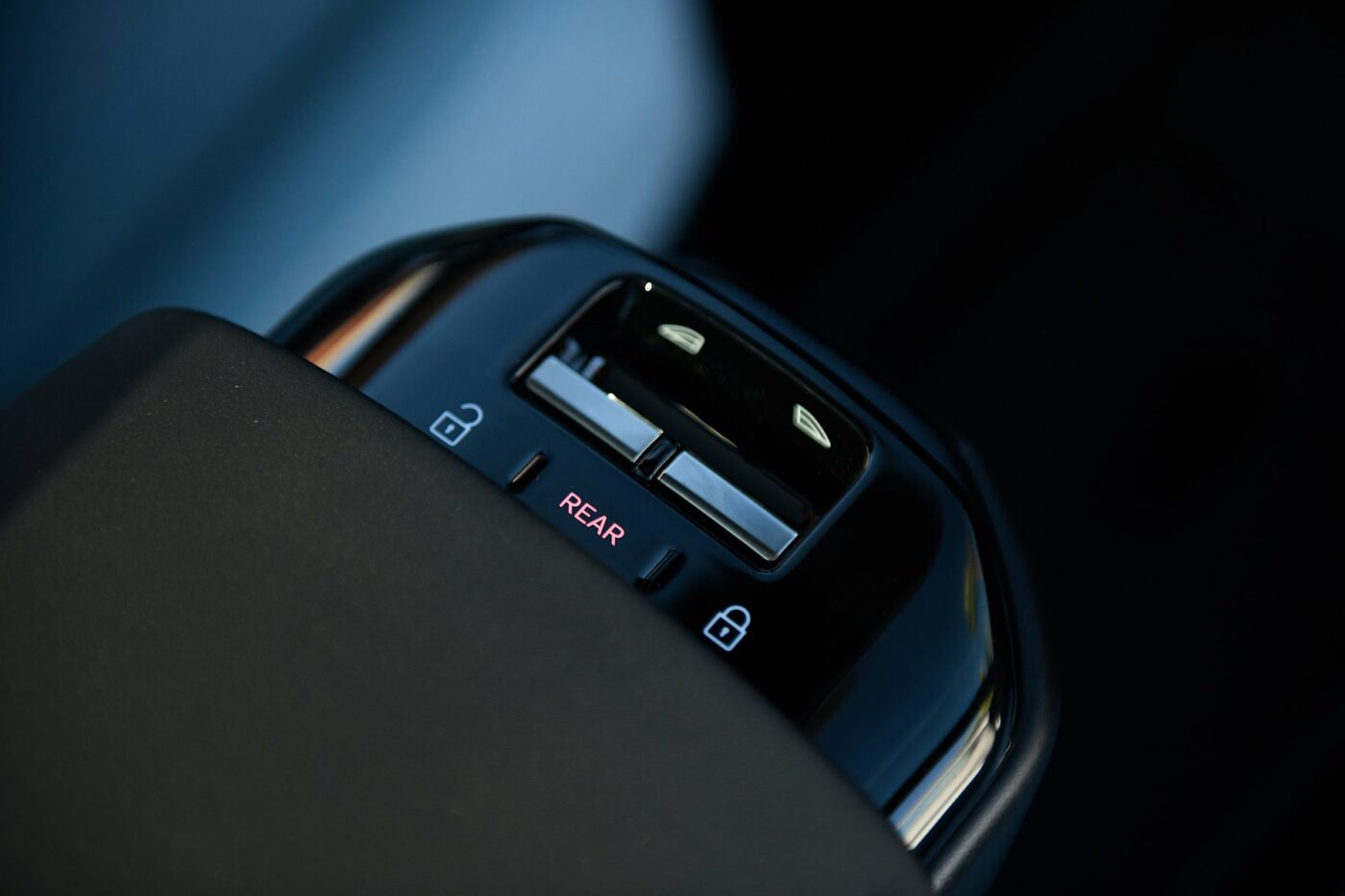
On the other hand, the electric Volvo offers numerous storage compartments. The boot capacity of 318 litres is also acceptable. With the rear seats folded down, it is 904 litres. The frunk, however, appears somewhat small with a volume of seven litres, where even the Type 2 charging cable is difficult to fit. So while the space in the boot and frunk can be described as moderate, the compact SUV scores points elsewhere. The Twin Motor Performance variant can tow a full 1.6 tonnes (braked, 750 kg unbraked). With the Single Motor Extended Range, it is still 1.4 tonnes and with the entry-level variant one tonne.
And the price?
All that has its price. However, it is impressive – especially when you look at the competition. In Germany, Volvo currently asks for 50,090 euros online for the variant we tested. A heat pump comes as standard. Transfer and transport are also included in the price. If you opt for a colour other than ‘Cloud Blue,’ you pay 650 euros more. Volvo charges an additional 1,050 euros to change the interior colour. The winter package with heated front seats and heated steering wheel costs 400 euros, while the trailer coupling costs 1,110 euros. There is no more choice with the Twin Motor Performance. For those who do not need the power of the Twin Motor Performance variant and want a little more efficiency, the EX30 Single Motor Extended Range could be an alternative.
Looking at the competition, the Volvo can certainly score points in terms of price. The Hyundai Kona Electric, for example, starts at 47,840 euros with the large battery. With a little extra equipment, the price tag quickly rises to well over 50,000 euros. Peugeot is currently asking at least €44,400 for the e-2008, which has a significantly smaller battery at 54 kWh.
With significantly less equipment, the EX30 is available from €37,990. This variant has a system output of 200 kW, a battery with 51 kWh (49 kWh usable) and offers a WLTP range of up to 344 kilometres. It puts the entry-level variant of the electric car between models such as the Opel Corsa-e and Jeep Avenger in terms of price.
Conclusion
The Volvo EX30 is a very attractive model in terms of price, if you look at the list price alone. It offers a high level of comfort, provides a lot of driving pleasure and is also capable of mastering everyday tasks. The somewhat complex operating concept or the lack of space in the rear could be an obstacle. Nevertheless, the electric SUV has enough to become a bestseller – and ultimately to find its way into small and large fleets.
| EX30 Twin Motor Performance | |
|---|---|
| Drive | AWD |
| Power | 315 kW |
| Torque | 543 Nm |
| Acceleration | 3.6 s |
| Top speed | 180 kph |
| WLTP range | 450 km |
| Battery capacity | 69 kWh (64 kWh net) |
| Charging capacity DC | 153 kW |
| Charging time DC 10-80 % | 26 min |
| Charging capacity AC | 22 kW |
| Charging time AC 0-100 % | 4 h |
| Price | 50,060 euros |



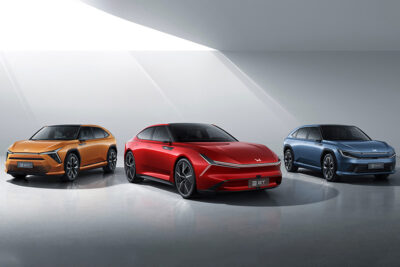
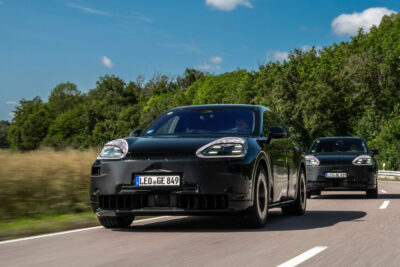
1 Comment